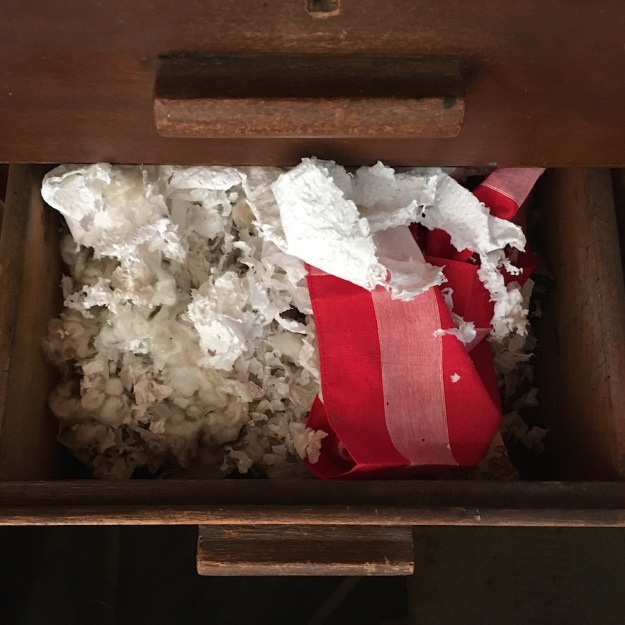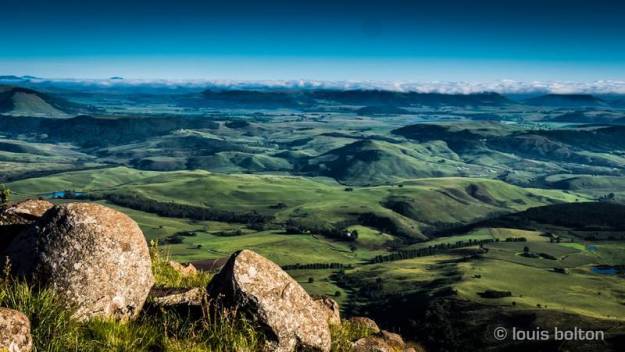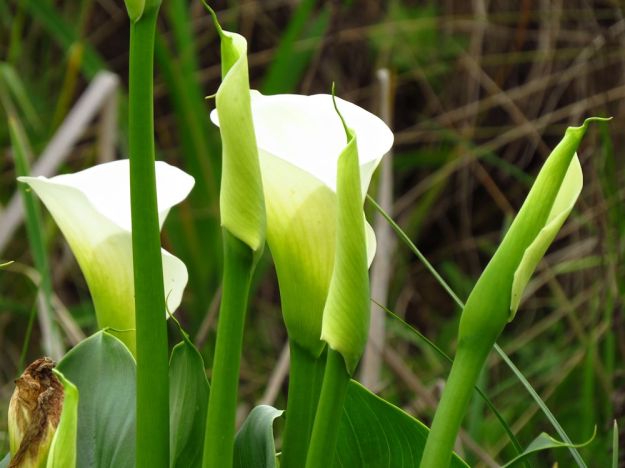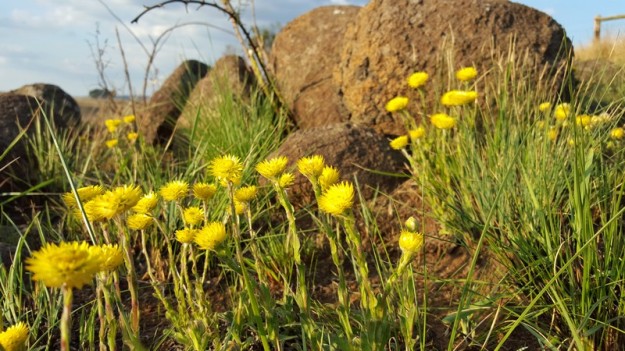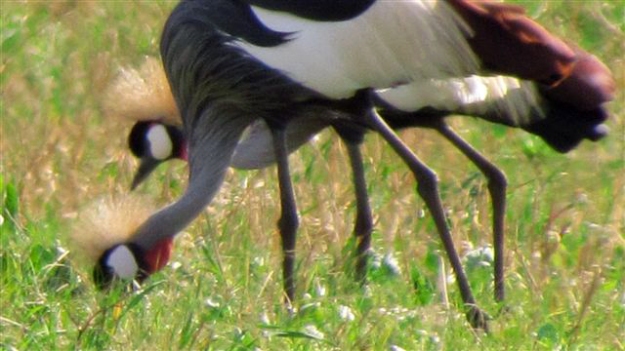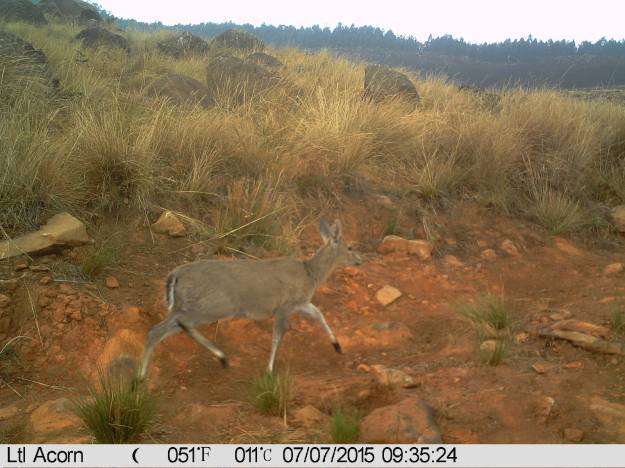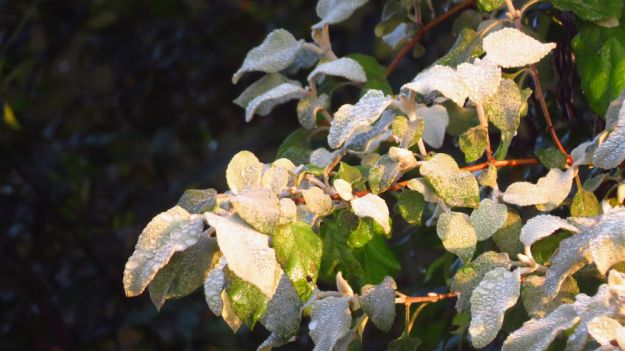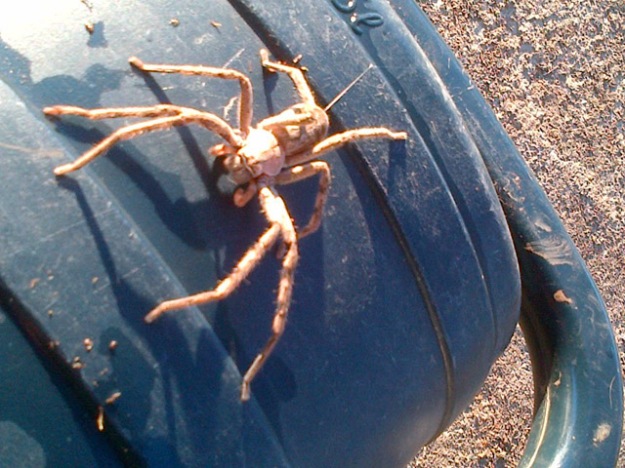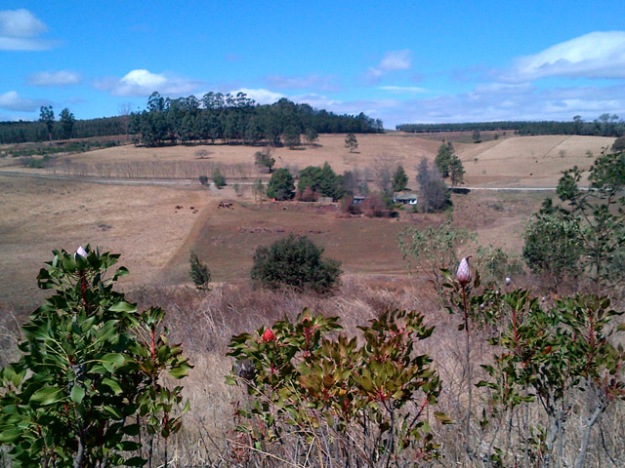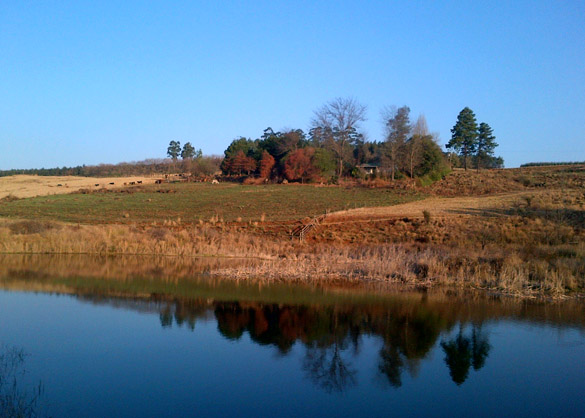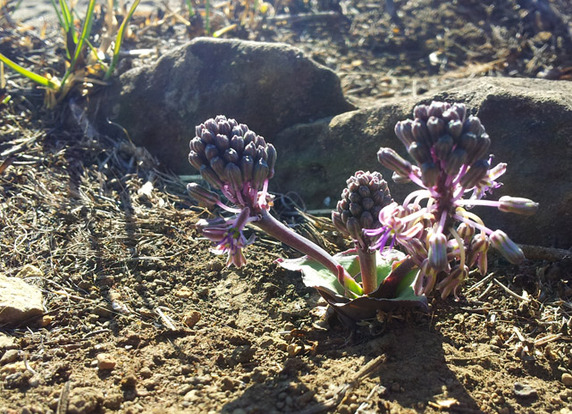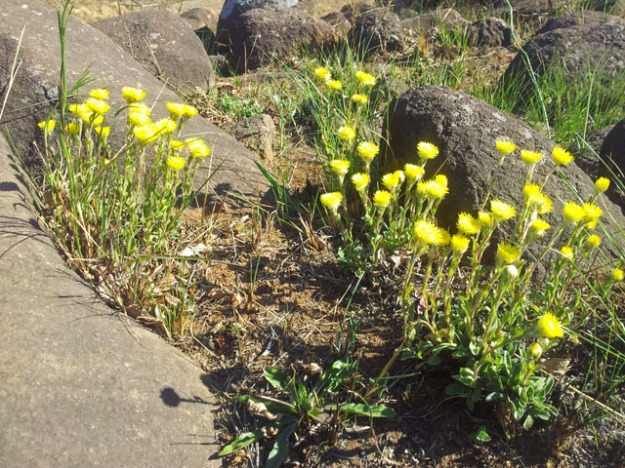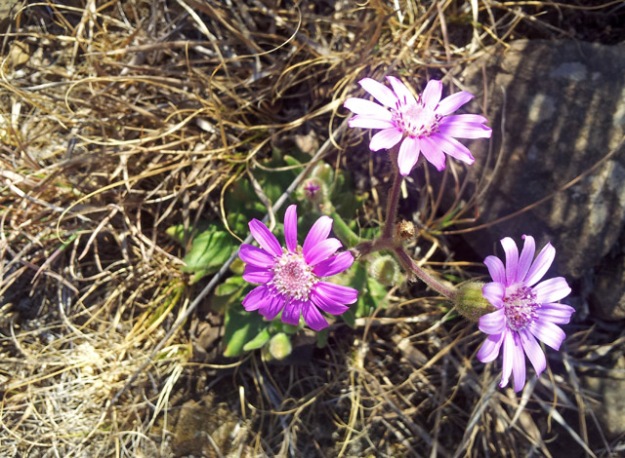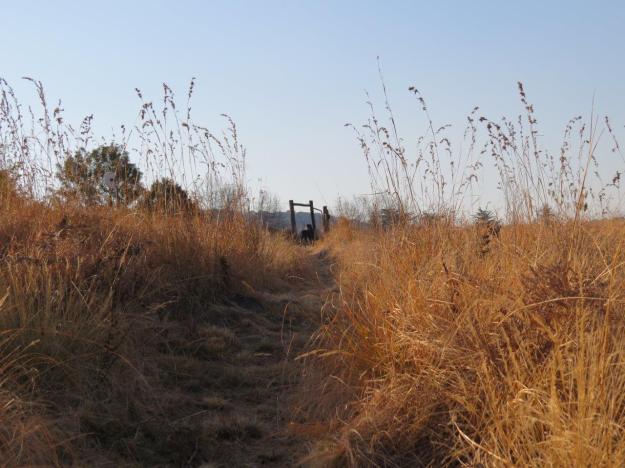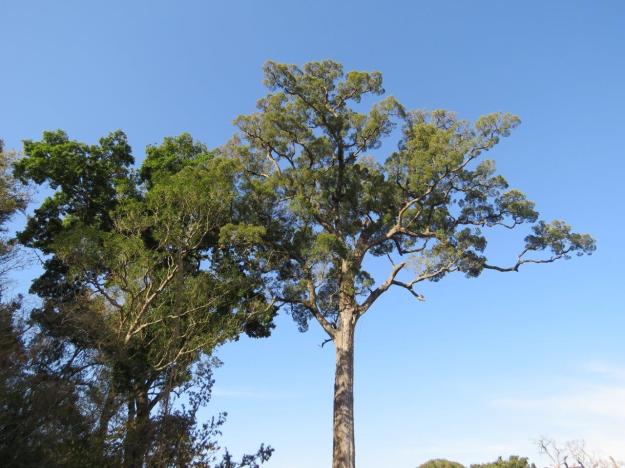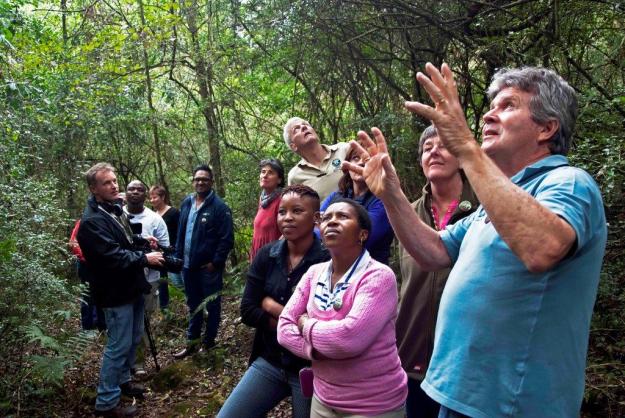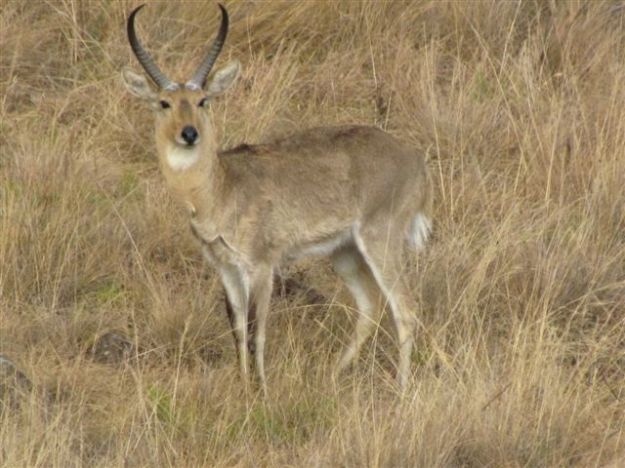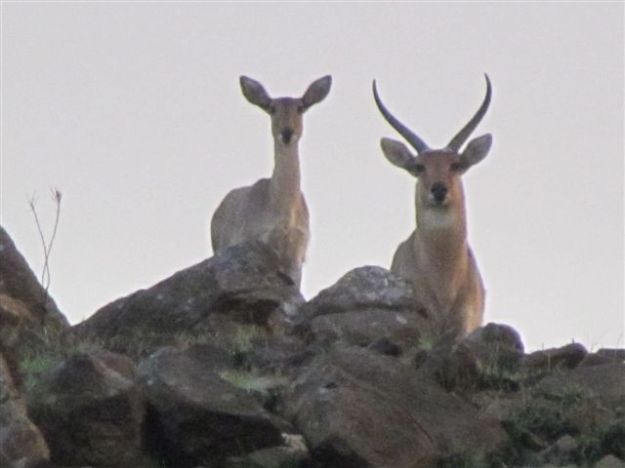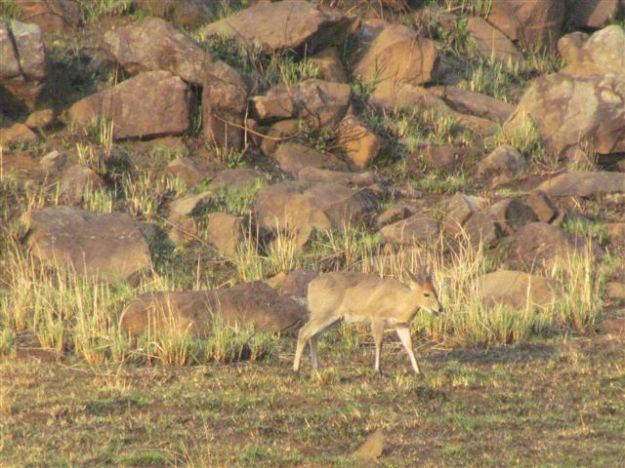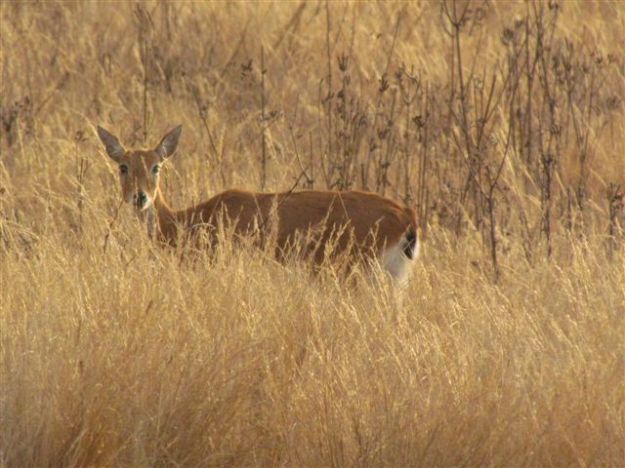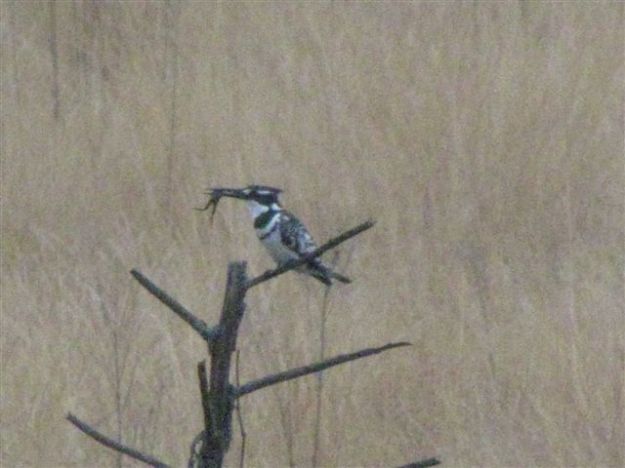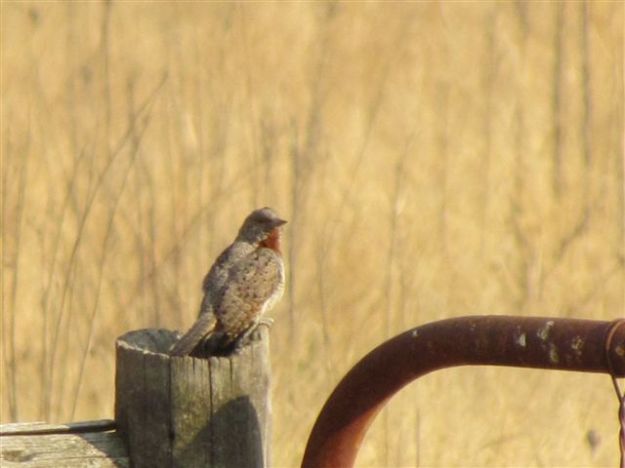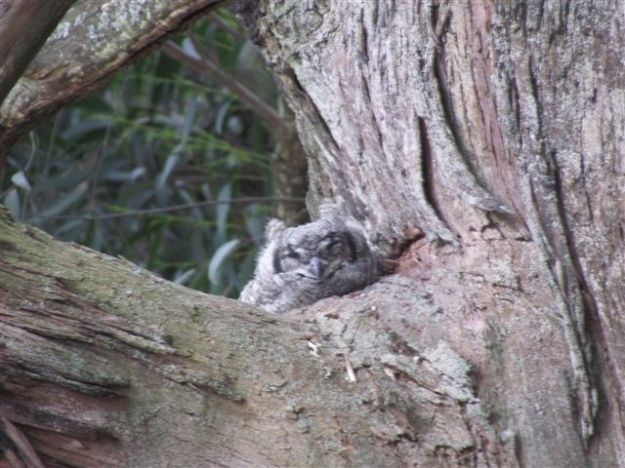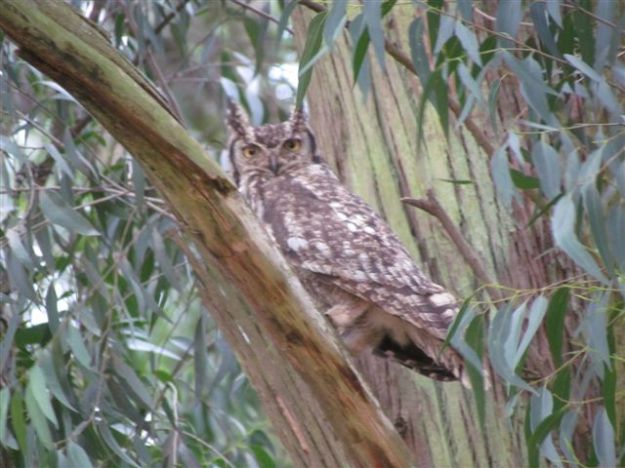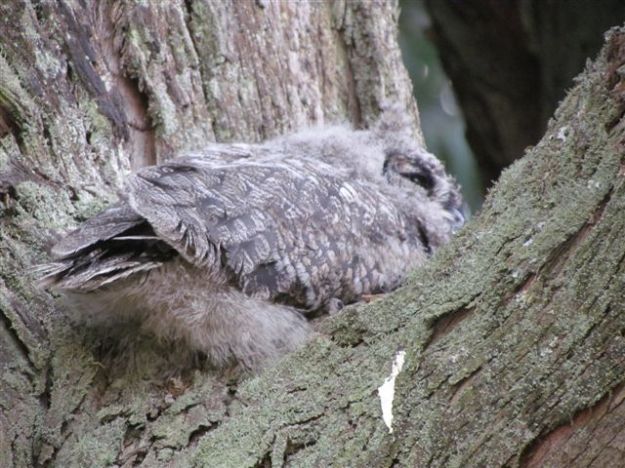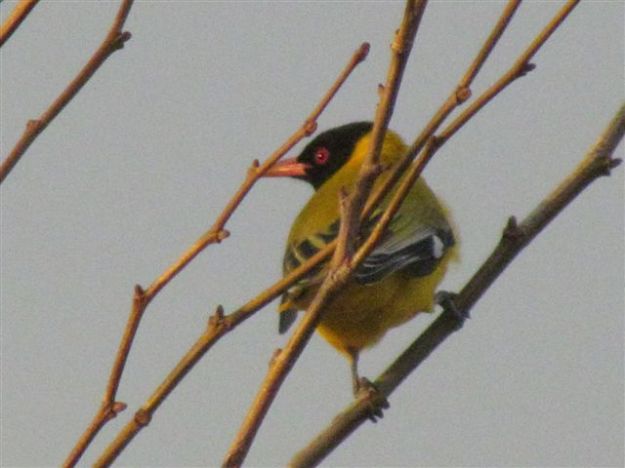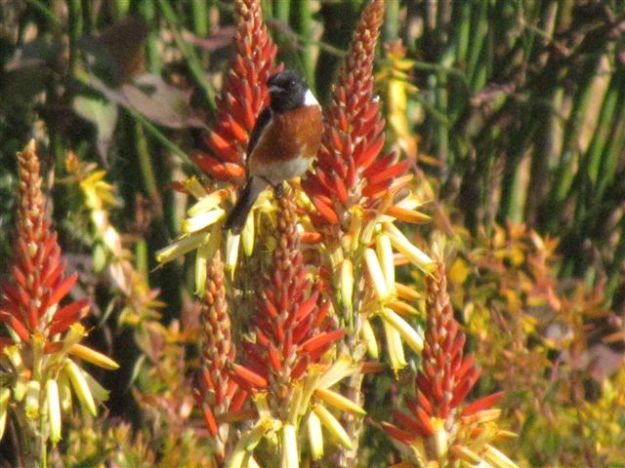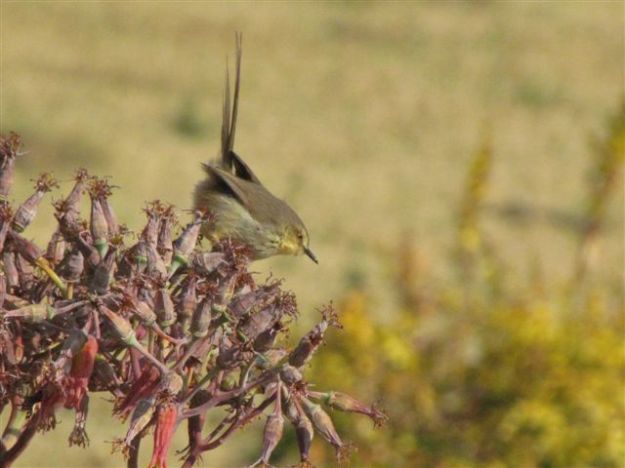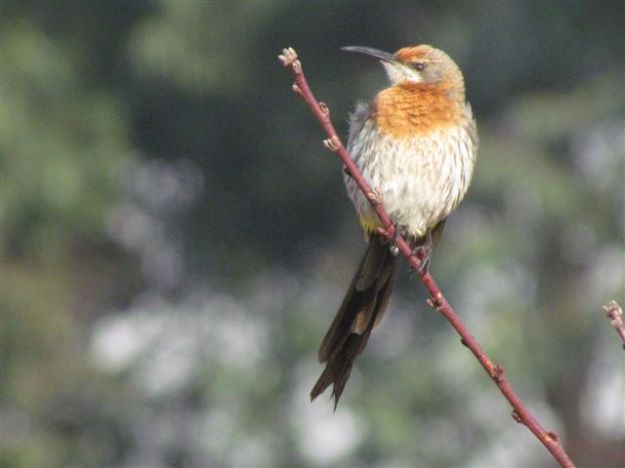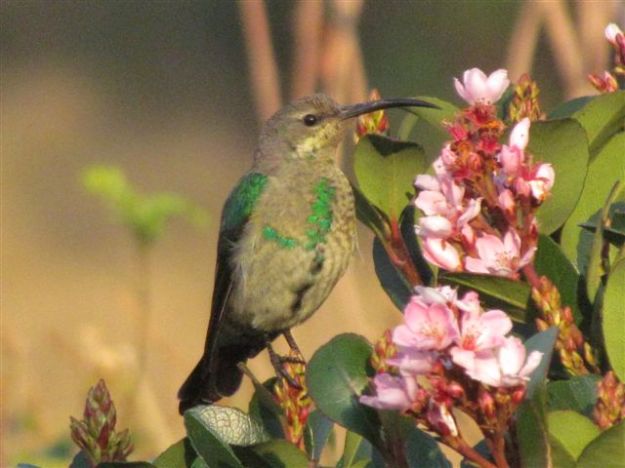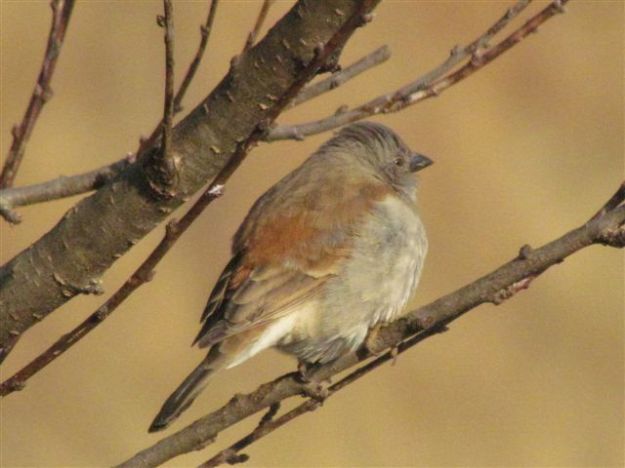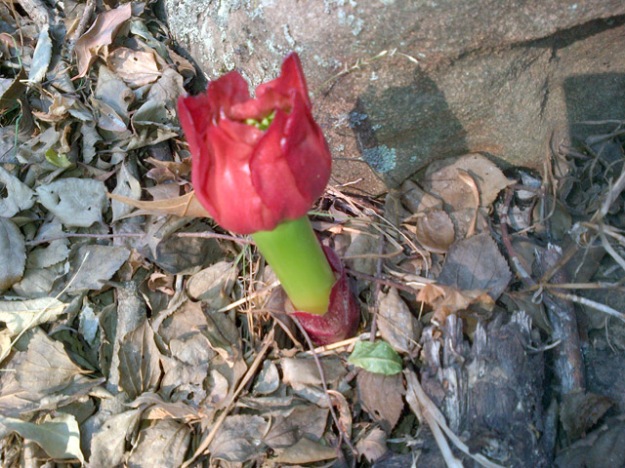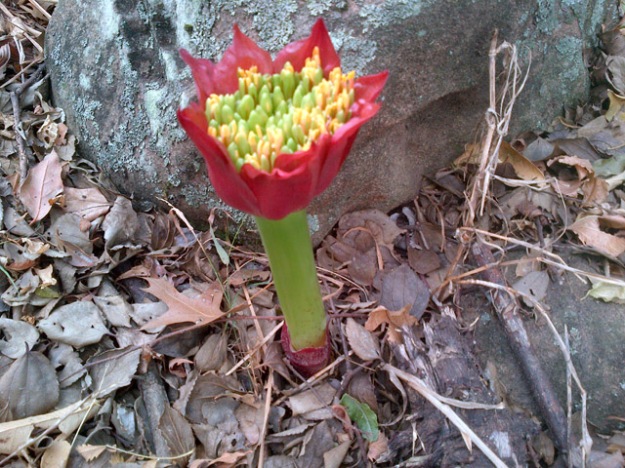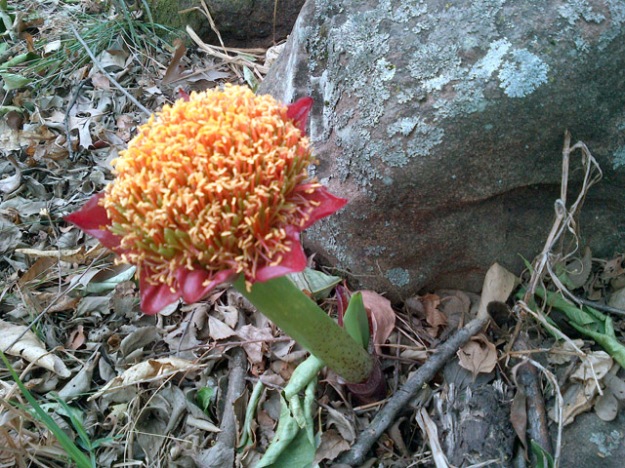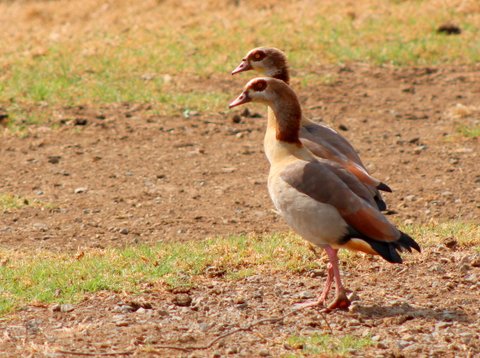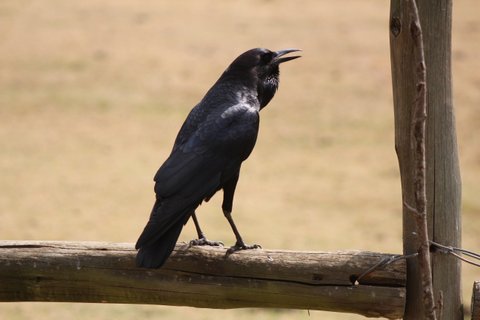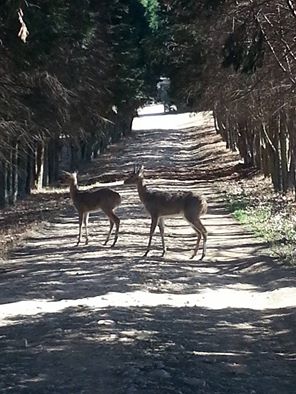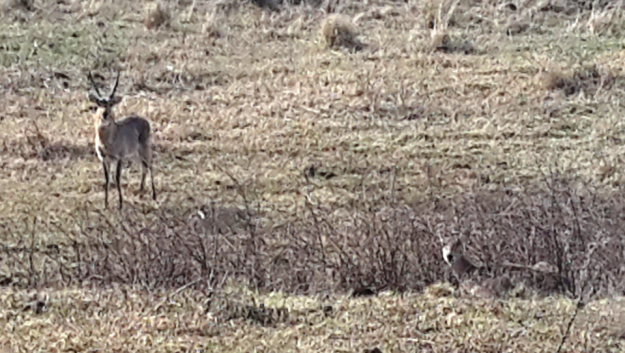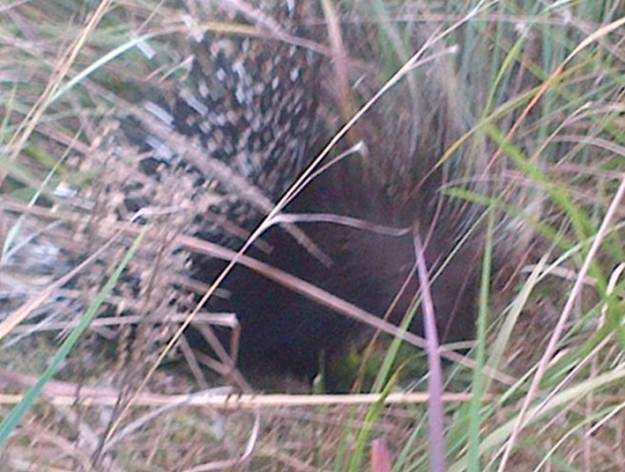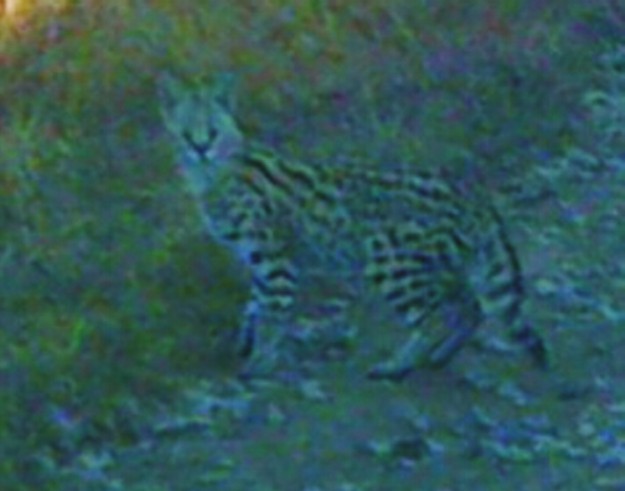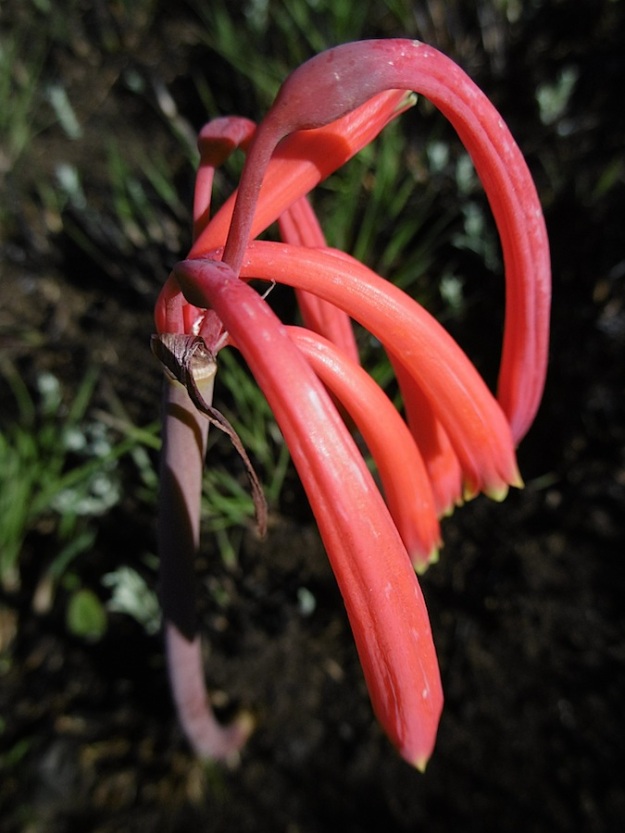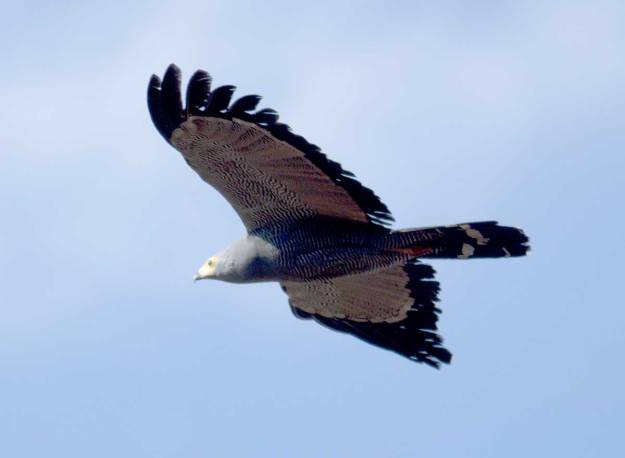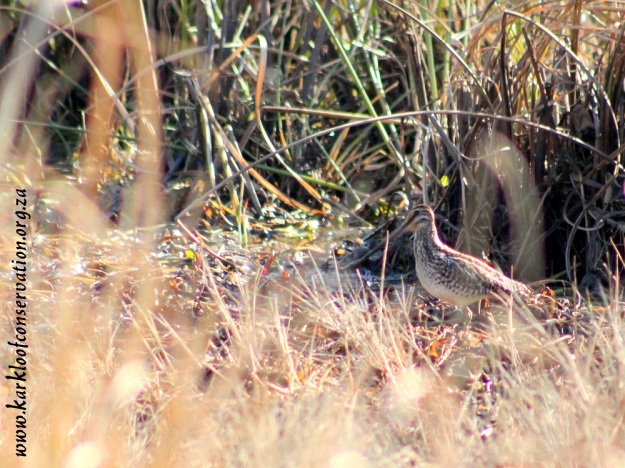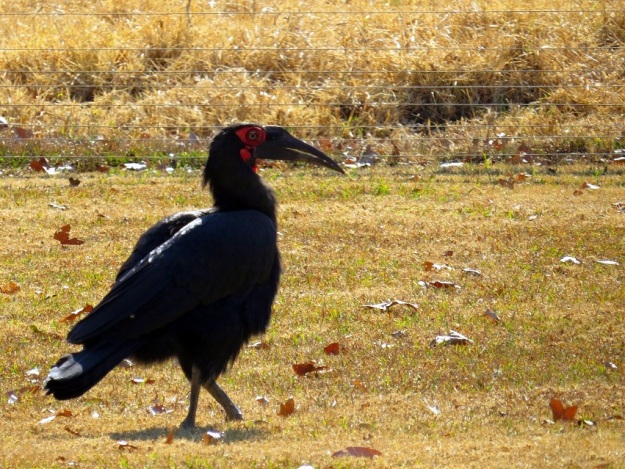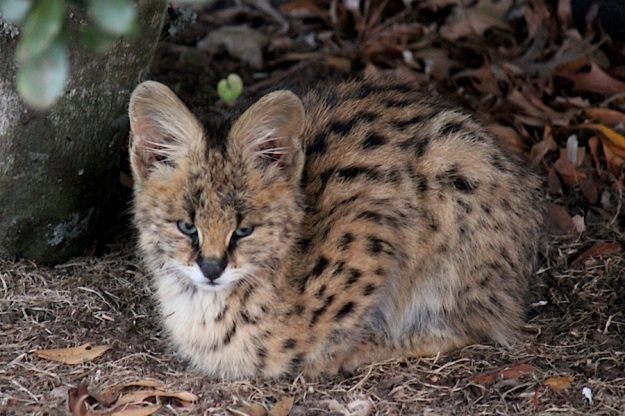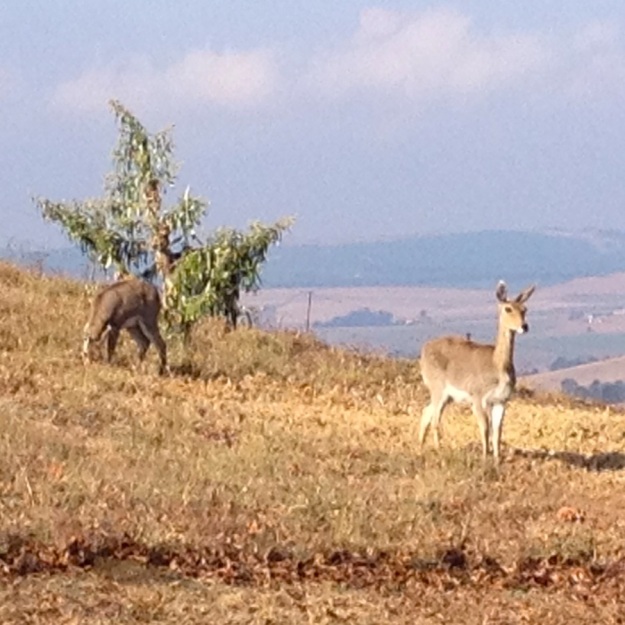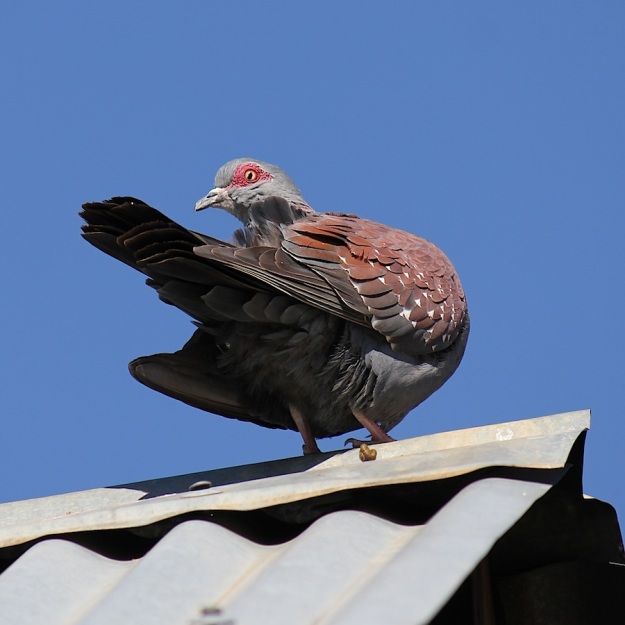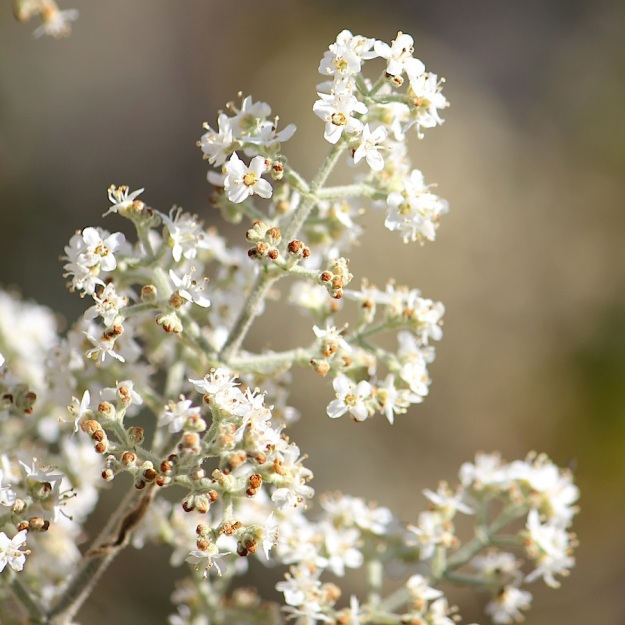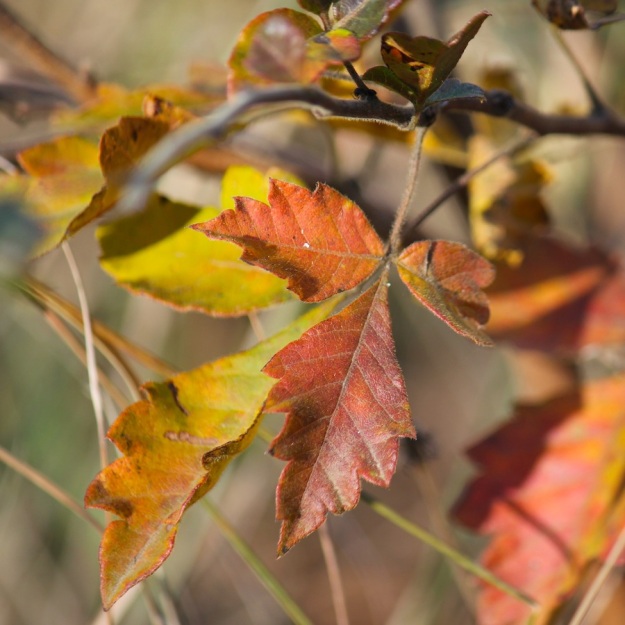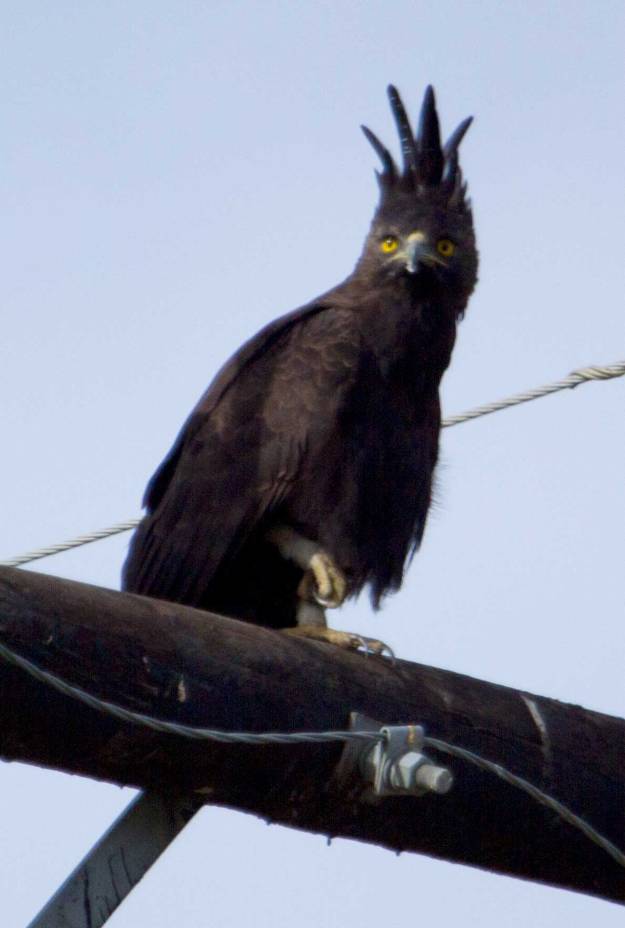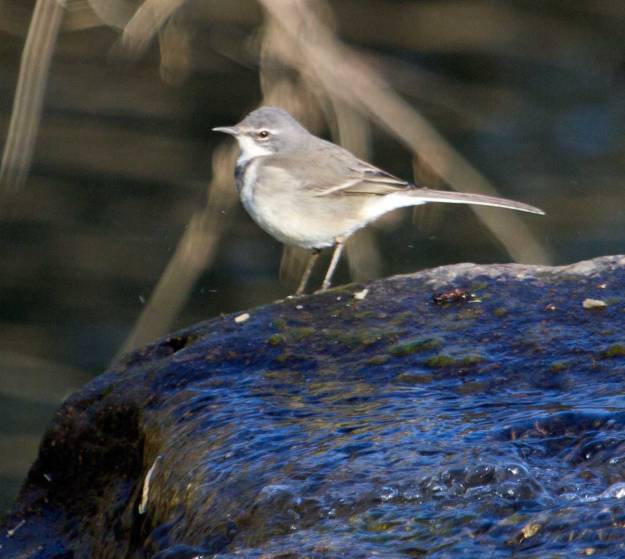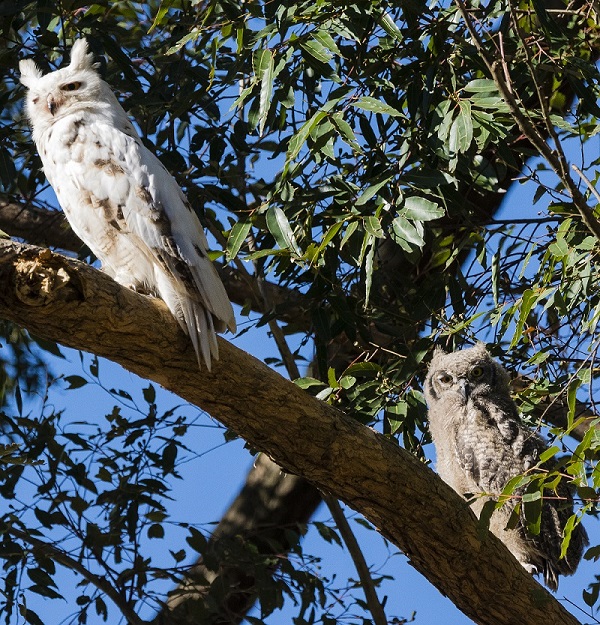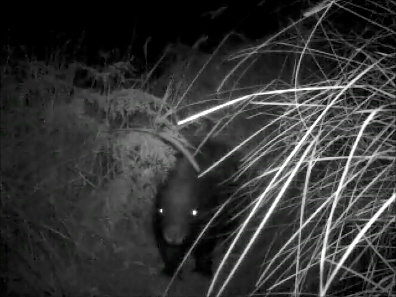November 2016 Sitamani Sightings – Christeen Grant
November has had the first typically summer rainfall pattern in three years. Hot humid haze days, interspersed with misty cool ones, regular thunderstorm activity and glorious rain. Finally our well has some water in it, the first time since May. Wildflowers particularly have responded and the hillside is covered in a neon orange wash of Watsonia socium.
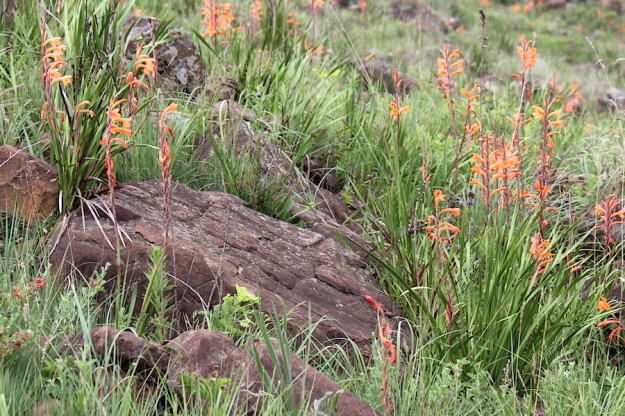
Watsonia socium
Some of the spectacular array of flowers are: Adjuga ophrydis; Albuca pachychlamys; Asclepias albens, these amazing flower heads droop downwards, hiding the vivid lime green and pink flowers;
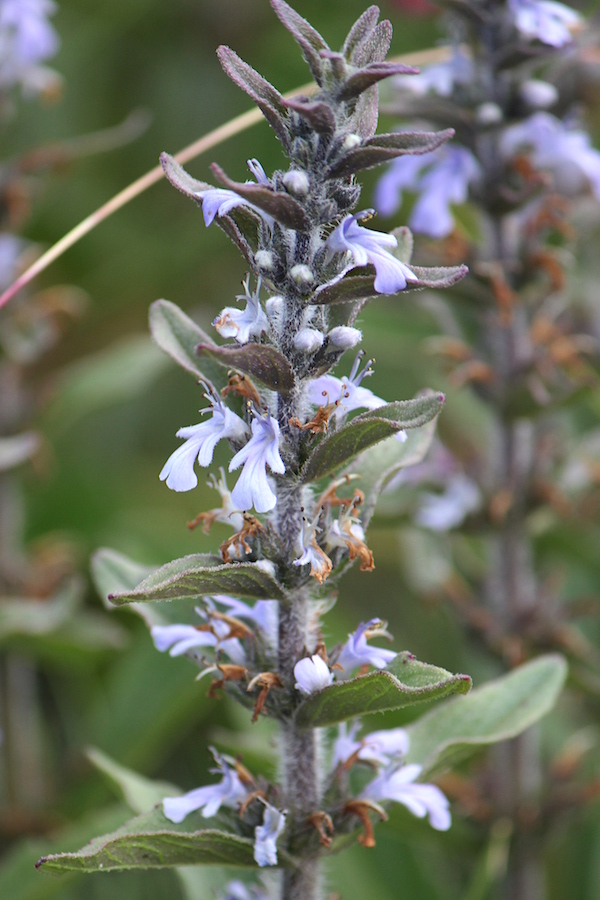
Adjuga ophrydis
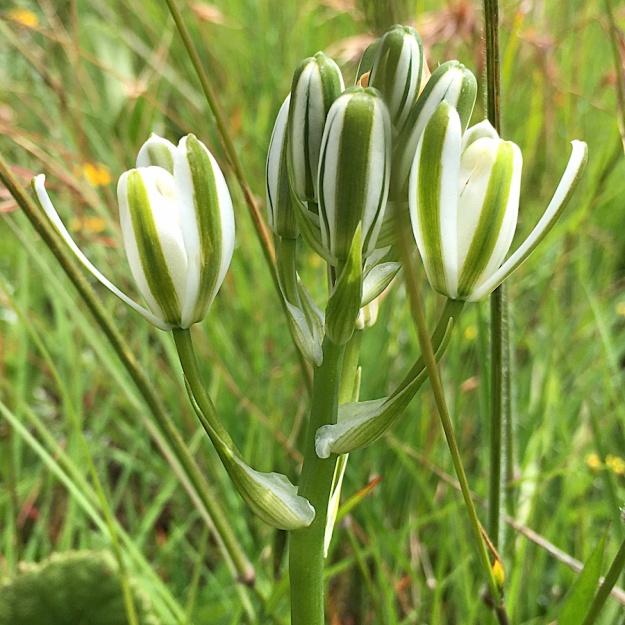
Albuca pachychlamys

Asclepias albens

Asclepias albens
Aspidonepsis flava with Crab spider; Berkheya macrocephala;
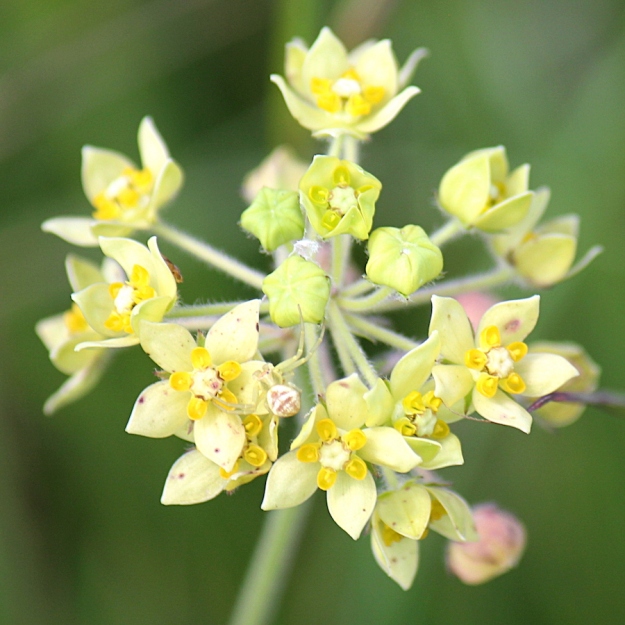
Aspidonepsis flava with a well camouflaged crab spider

Berkheya macrocephala
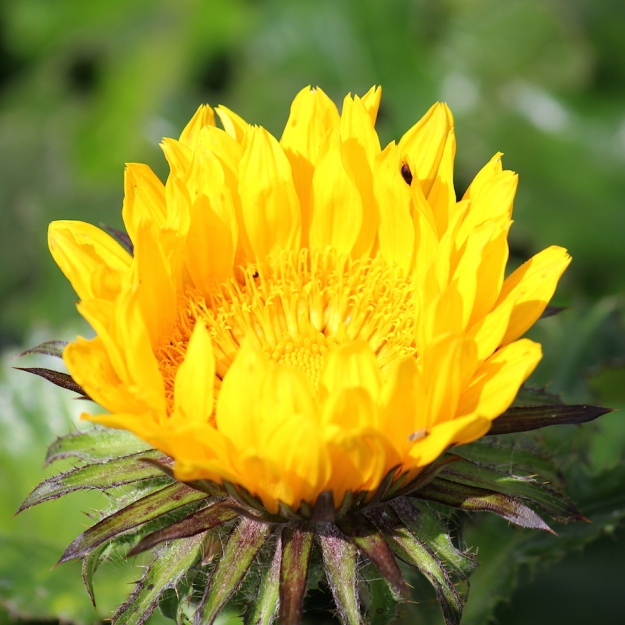
Berkheya macrocephala
Chlorophytum cooperi; Cyanotis speciosa; Cyphia elata; Dierama latifolium; Helichrysum pallidum; Hermannia woodii; Indigofera hilaris, bright pink clumps in the grass;
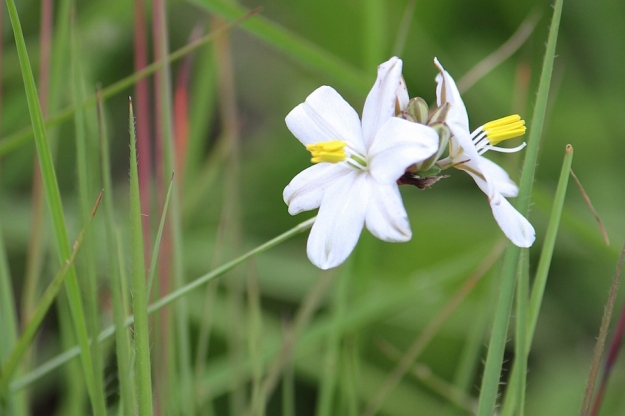
Chlorophytum cooperi
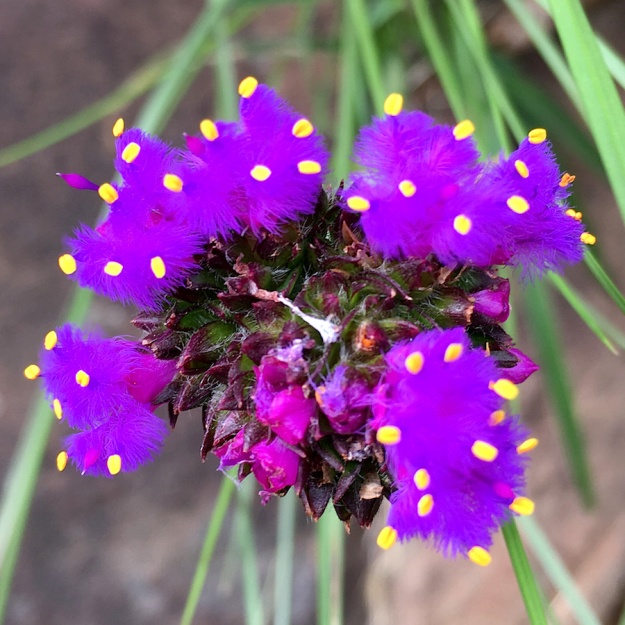
Cyanotis speciosa
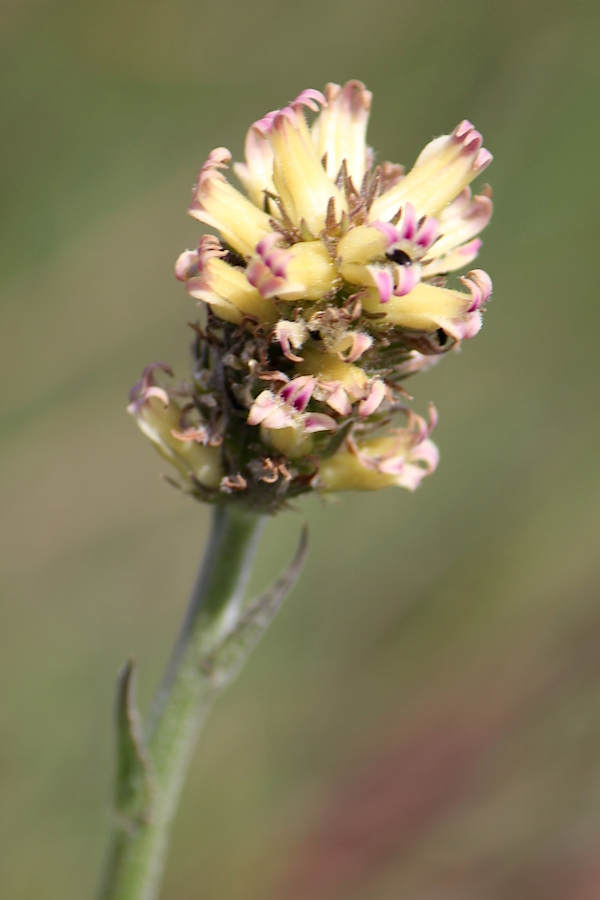
Cyphia elata
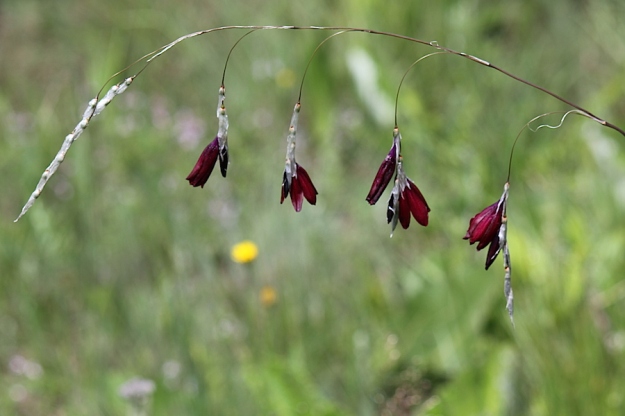
Dierama latifolium
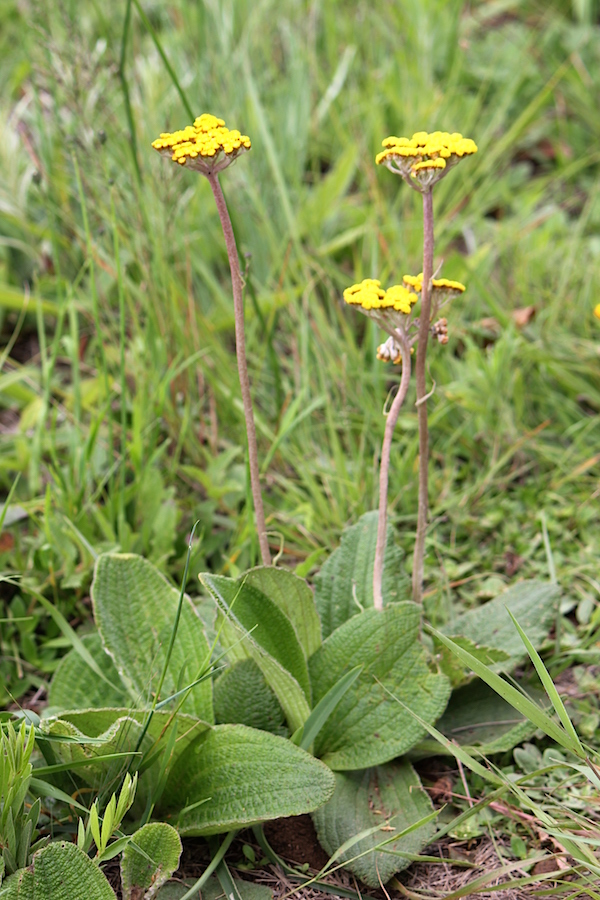
Helichrysum pallidum
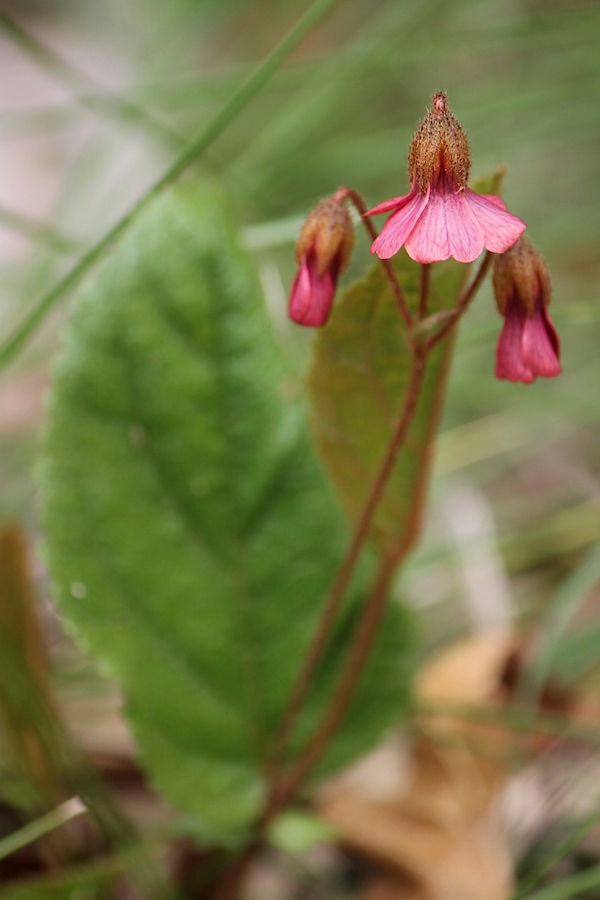
Hermannia woodii
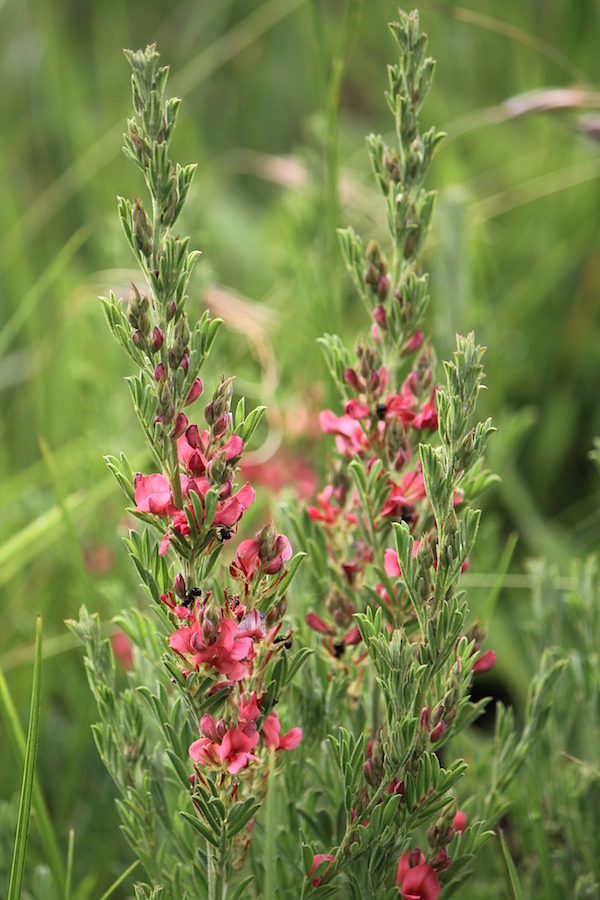
Indigofera hilaris
another different Ledebouria sp; delicate Lobelia erinus; hundreds of Merwilla nervosa; Pachycarpus natalensis; Scabiosa columbaria; Searsia discolor;
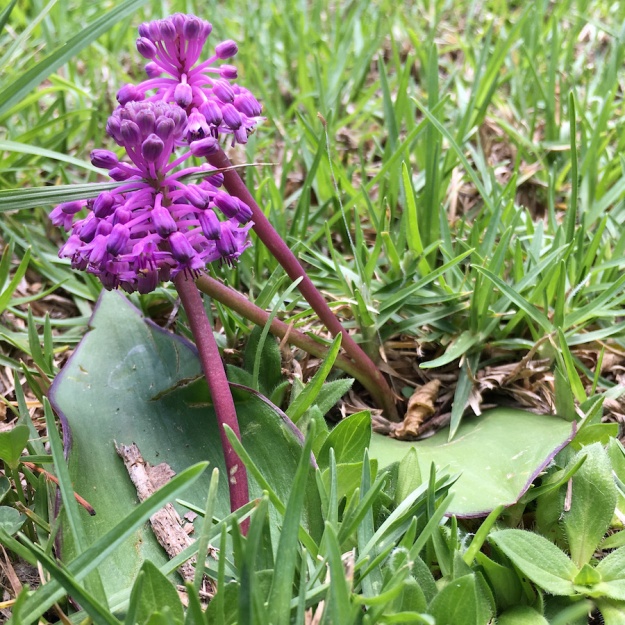
Ledebouria sp.
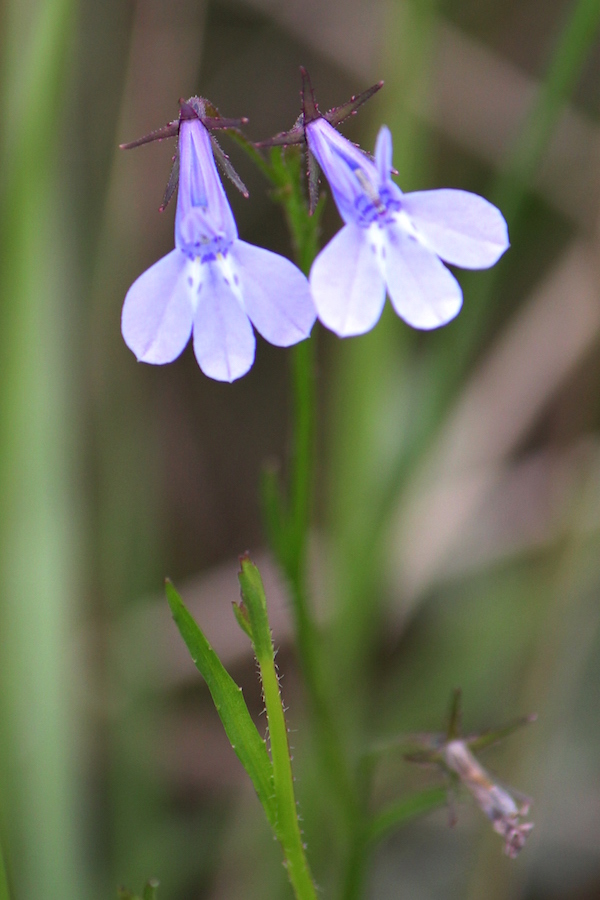
Lobelia erinus

Merwilla nervosa
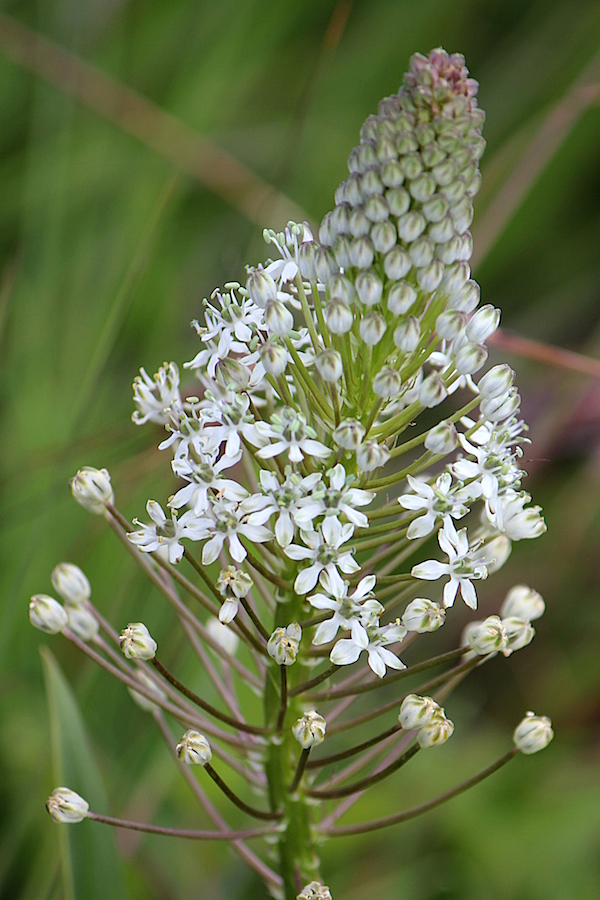
Merwilla nervosa
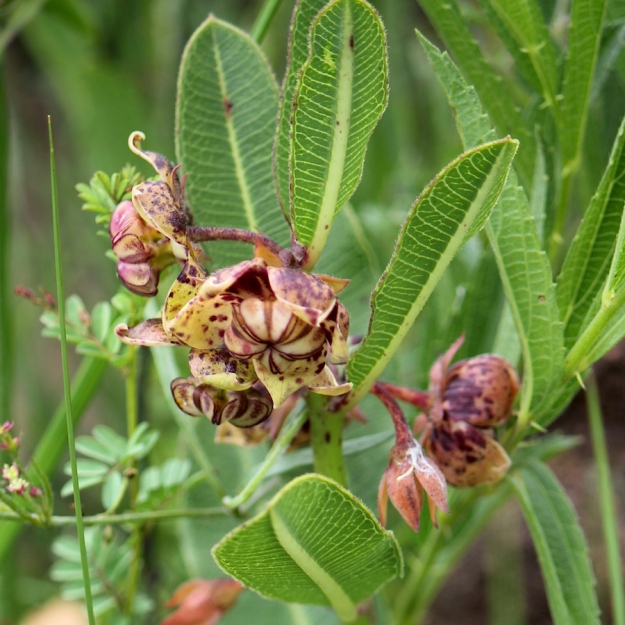
Pachycarpus natalensis
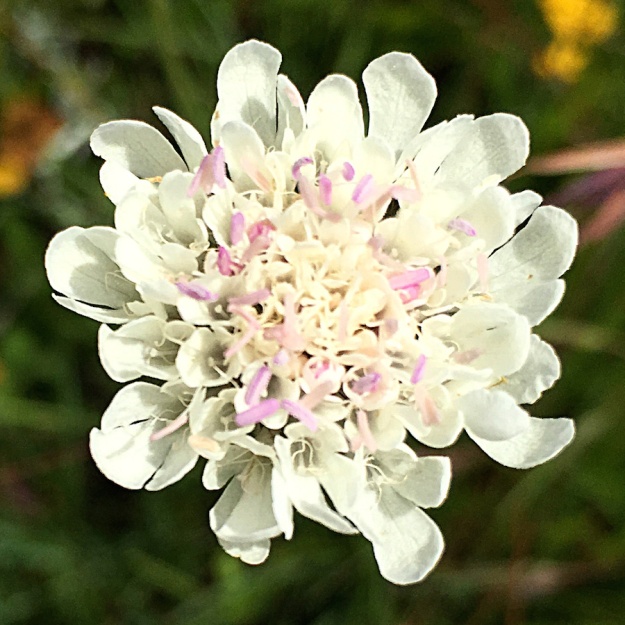
Scabiosa columbaria
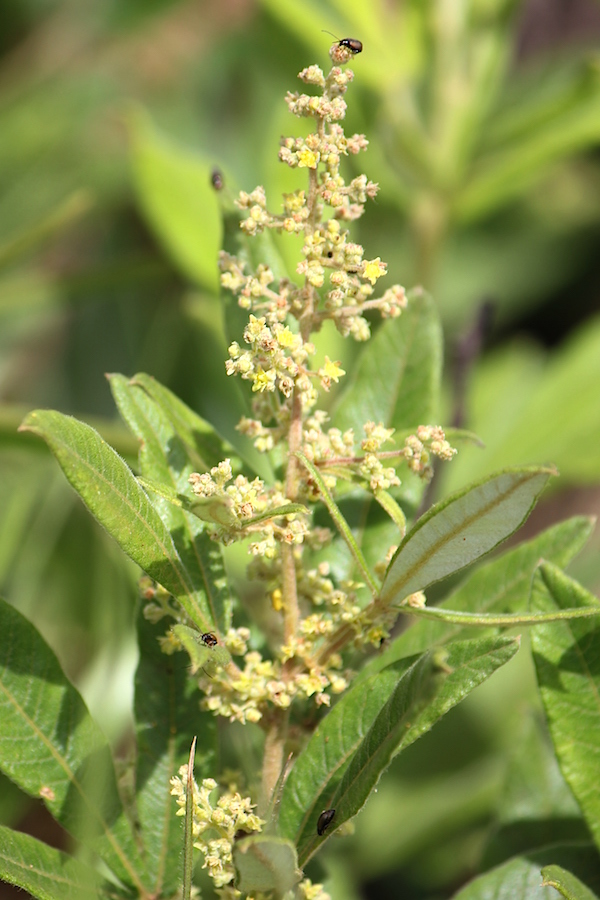
Searsia discolor
two species of Silene, Silene bellidoides and Silene burchellii;
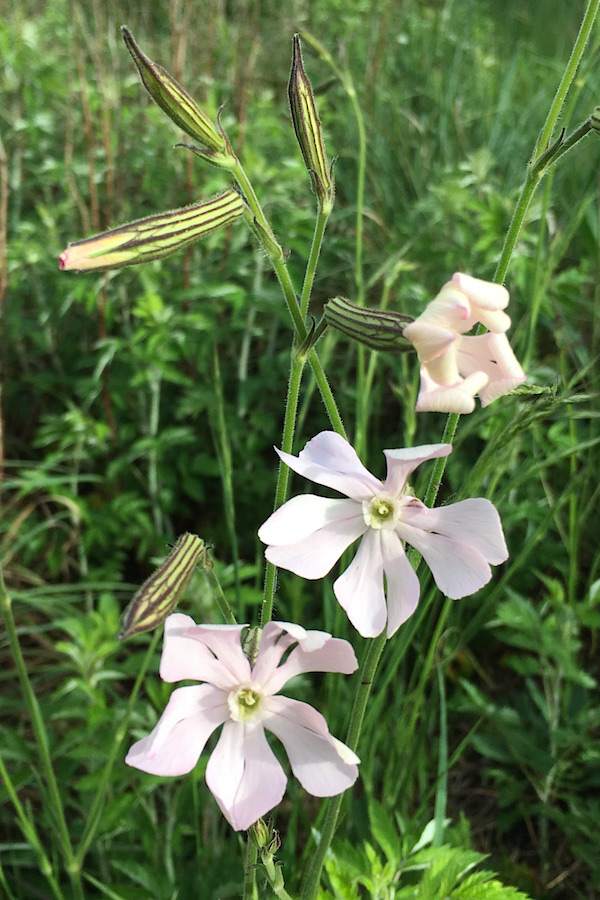
Silene bellidoides
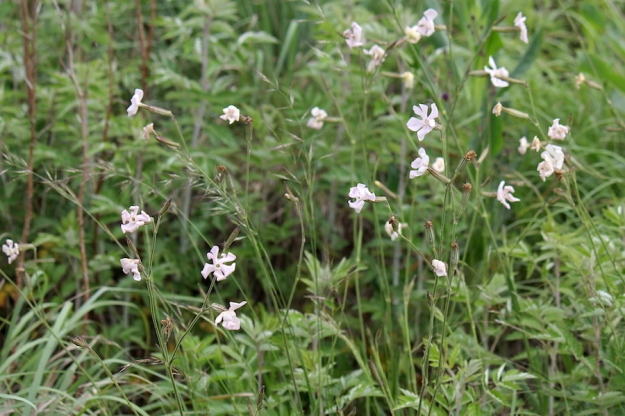
Silene bellidoides
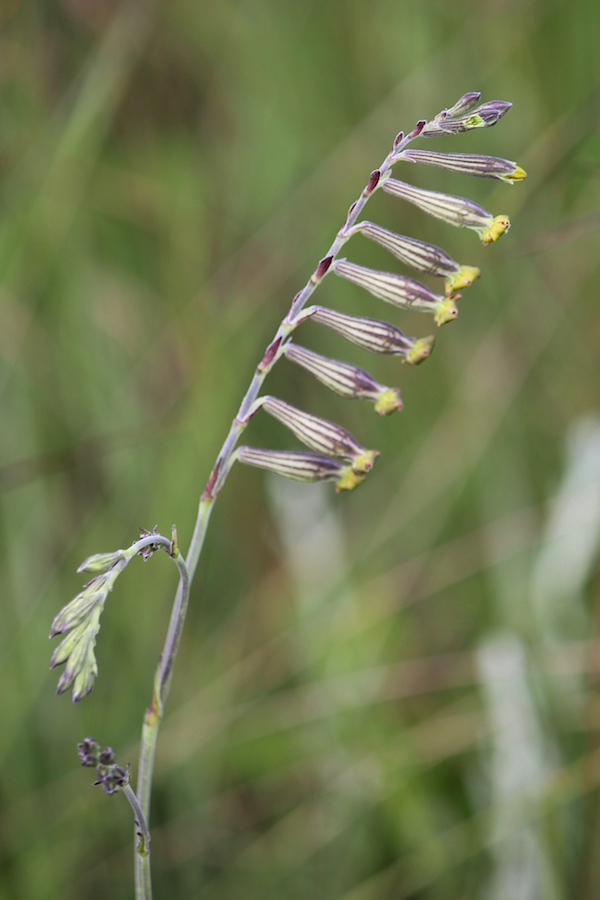
Silene burchellii
Sisyranthus trichostomus; Trachyandra asperata; Wahlenbergia cuspidata;
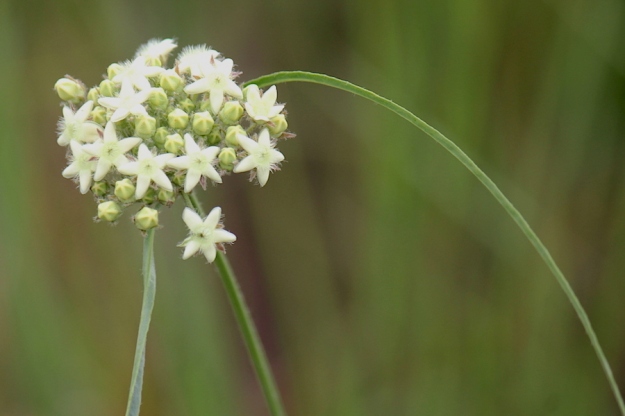
Sisyranthus trichostomus
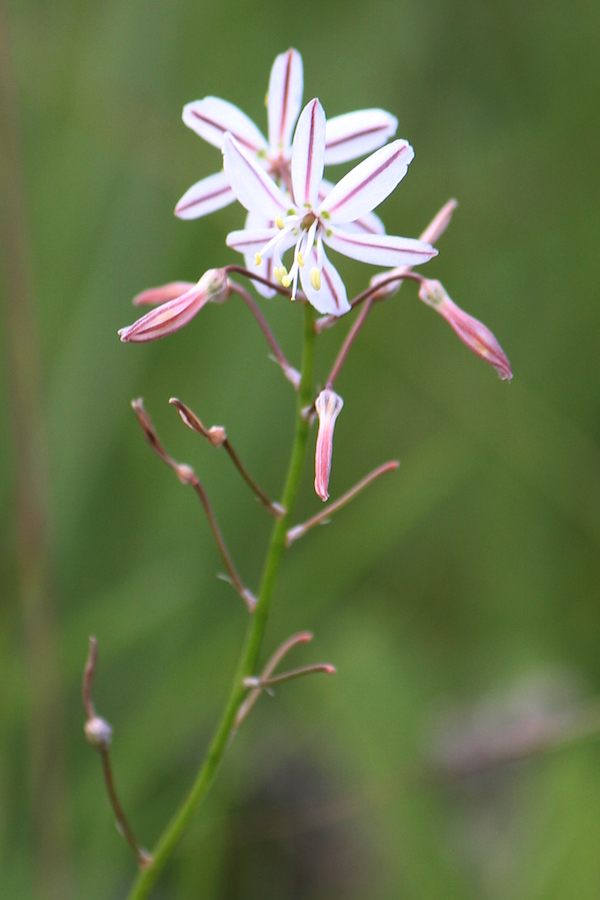
Trachyandra asperata
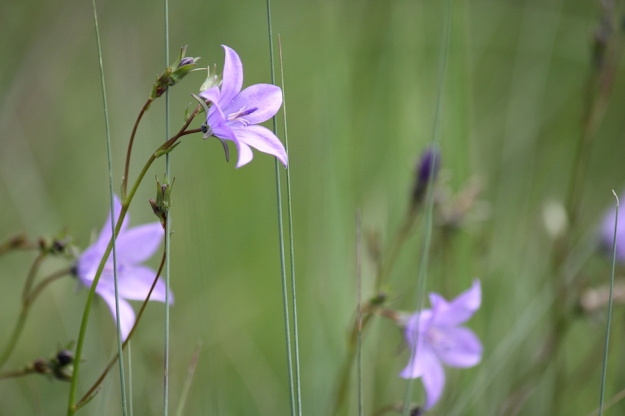
Wahlenbergia cuspidata
I finally have a name for this beautiful Watsonia via a Facebook group: Flora of southern Africa, Watsonia meriana
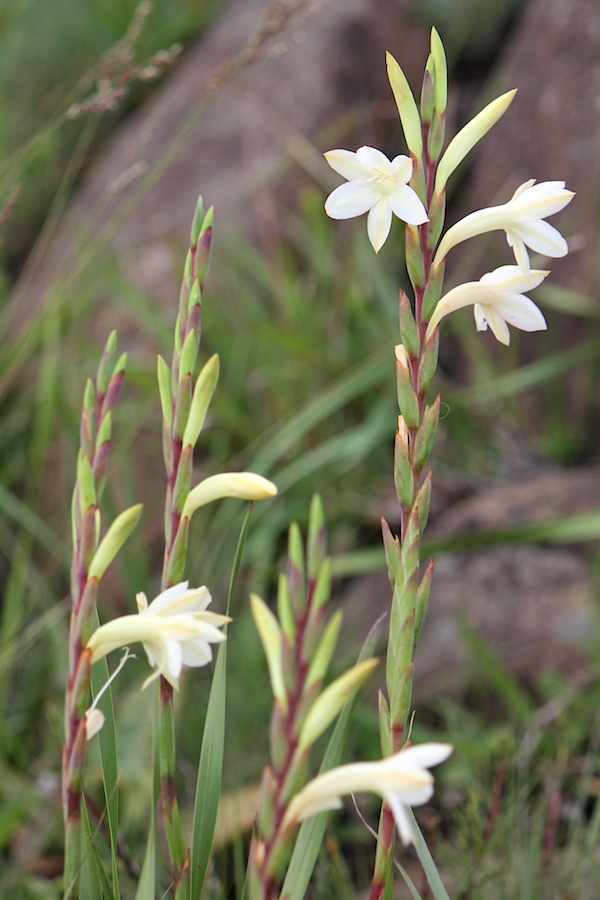
Watsonia meriana

Watsonia meriana
and Xysmalobium parviflorum.
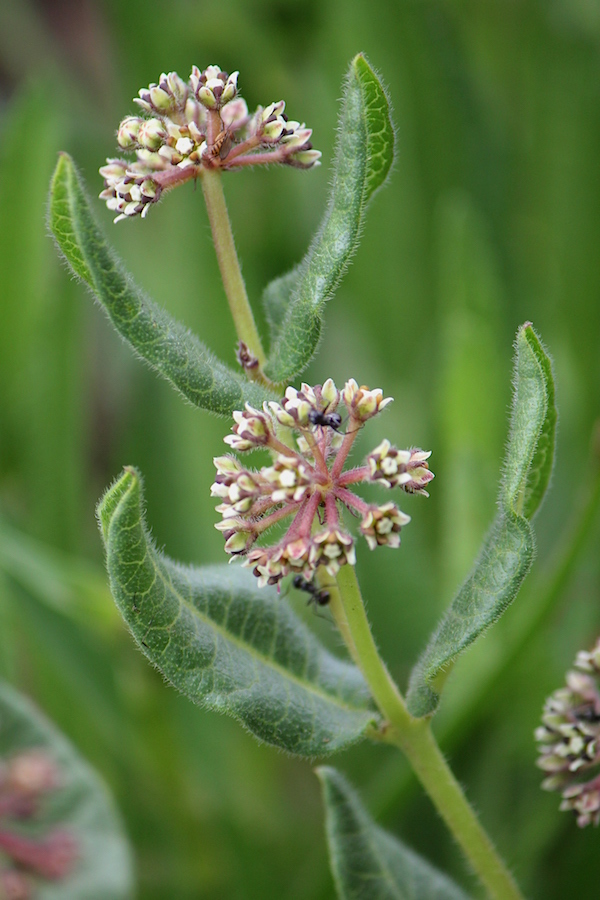
Xysmalobium parviflorum
I managed to get a photo of a Spectacled Weaver on a nest in the Plane Tree. The Spectacled Weavers don’t seem to strip off the leaves in the vicinity of their nests as the Village Weavers do; perhaps they seek camouflage rather than being able to see their predators approach. The Striped Swallows have returned over a month later than usual. Red-collared Widows are now in full courting plumage and a large flock roams over the seeding grass. A Long-crested Eagle perches regularly on the Eskom post. The Southern Boubou’s are a delight with their varying call and quiet movements on the lawn and in shrubbery. A Bokmakierie pair are frequently heard and seen in the Leucosidea sericea and Buddleja thicket that has grown up behind the house.
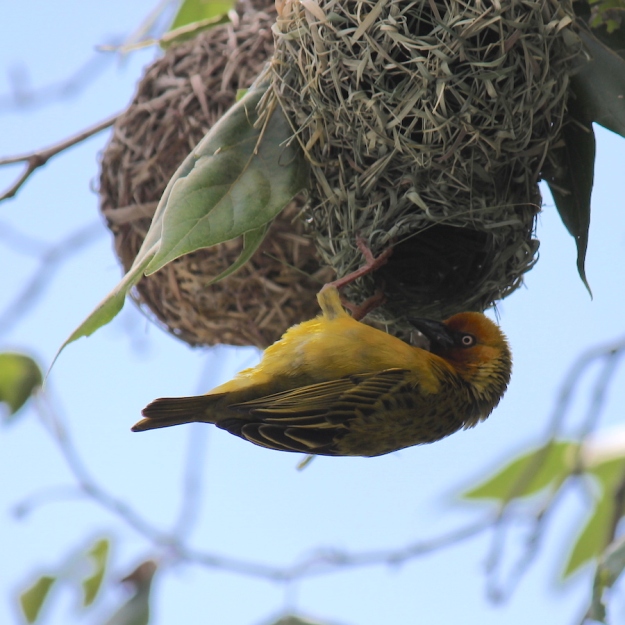
Spectacled Weaver

Spectacled Weaver nest
With the rainfall, fungi pop up regularly. A Horse Mushroom and Star Stinkhorn with a millipede are two of them.
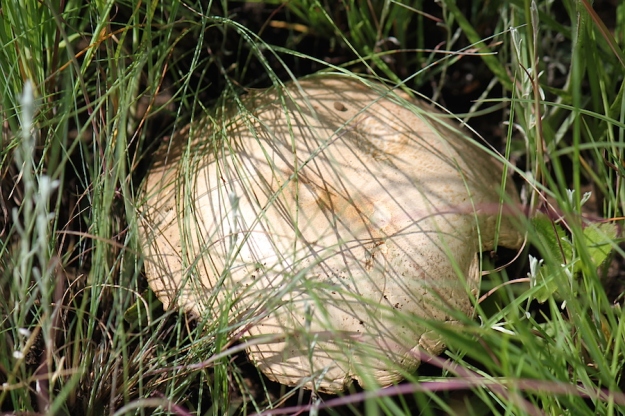
Horse mushroom, Agaricus arvensis
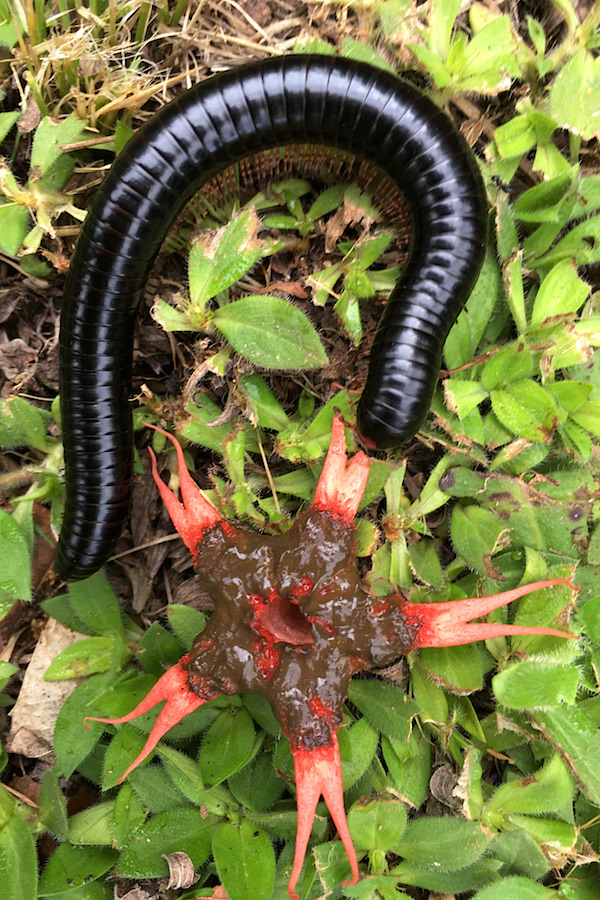
Star Stinkhorn, Aseroe ruba, with a millipede
Butterflies are starting to be seen more frequently. I watched an African Common White butterfly feeding in Vernonia natalensis.
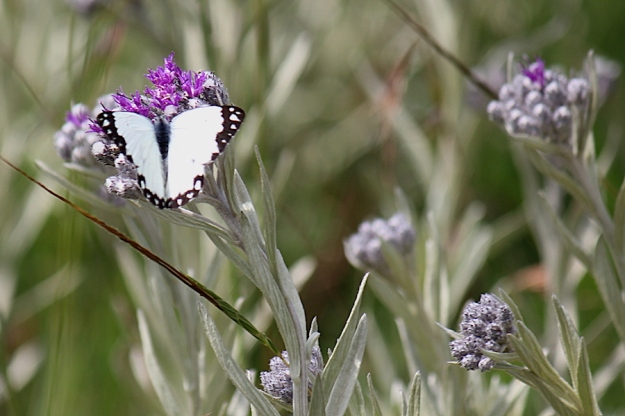
African Common White butterfly on Vernonia natalensis
Bagworm larvae, of the Psyshidae Family of moths, on Vernonia hirsuta.
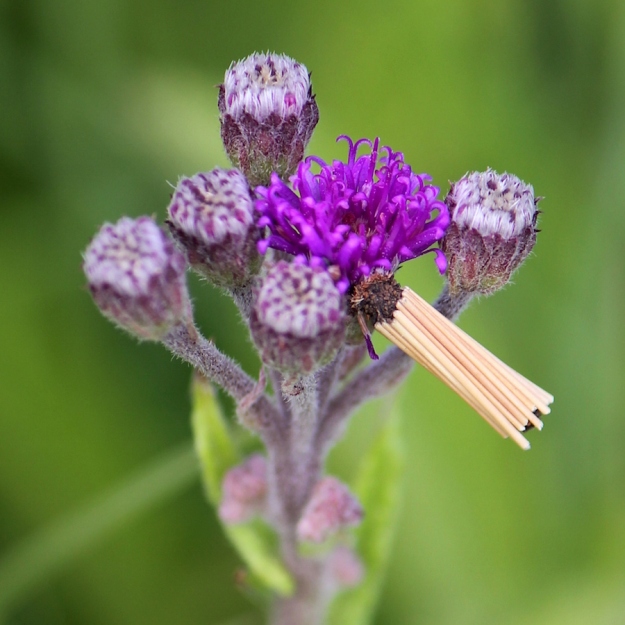
Bagworm on Vernonia hirsuta
Insects, like these Dotted Fruit Chafer beetles on Albuca pachychlamys, are nibbling many flowers and buds.
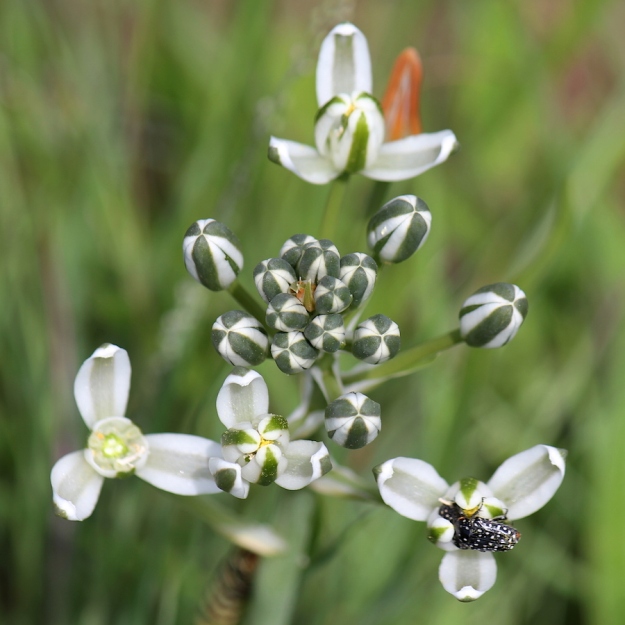
Dotted Fruit Chafer beetles on Albuca pachychlamys
Finally a delight on the lawn one morning, a Common cannibal snail, Natalina cafra!
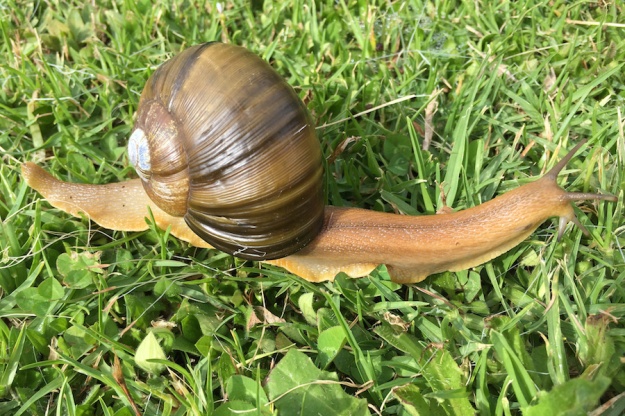
Common cannibal snail, Natalina cafra
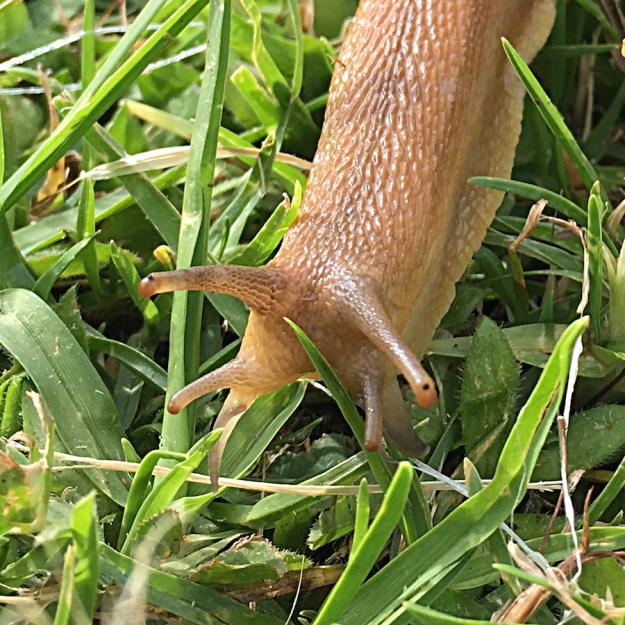
Common cannibal snail, Natalina cafra
November 2016 on Stormy Hill – Caroline McKerrow
I’ve seen the pair of Reedbuck a few times this month. I also had some Woodland Dormice in the ceiling until the cats dispatched them. Check the fluffy tail. The other one got eaten.
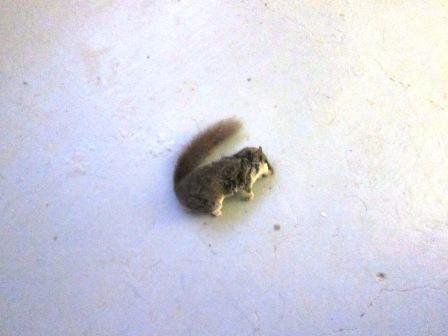
All the birds are busy in their nests. The Hadedas and Weavers have been building nests in the bird tree. The Speckled Pigeons are all over the place and the Red-winged Starlings are making messy nests on top of the lights in the shed. Swallows are also back making muddy nests. The Speckled Mousebirds got cold one lunchtime and formed a ball.
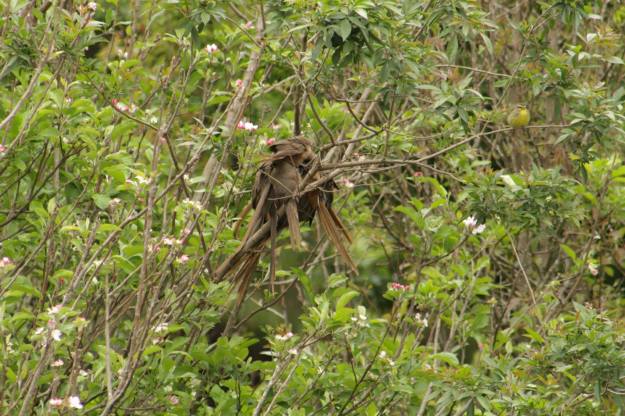
December 2016 on Gramarye – Crystelle Wilson
On a trip to a Zululand game reserve in November we were lucky enough to see cheetahs. Back at Boston I was just as excited seeing a Serval on an early morning walk down to the river.
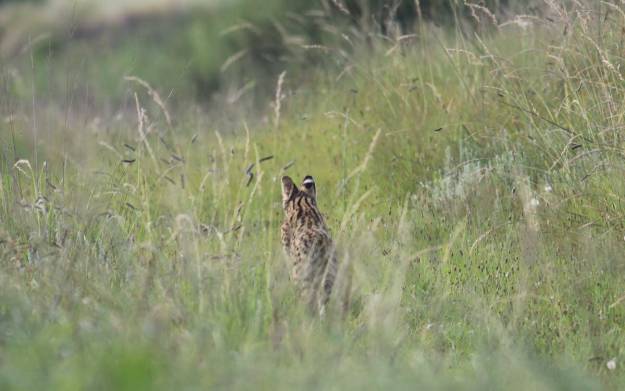
Serval
The breeding season was in full swing and juvenile birds were everywhere to be seen. At the river two Levaillant’s Cisticola fledglings tried to balance on the same stalk
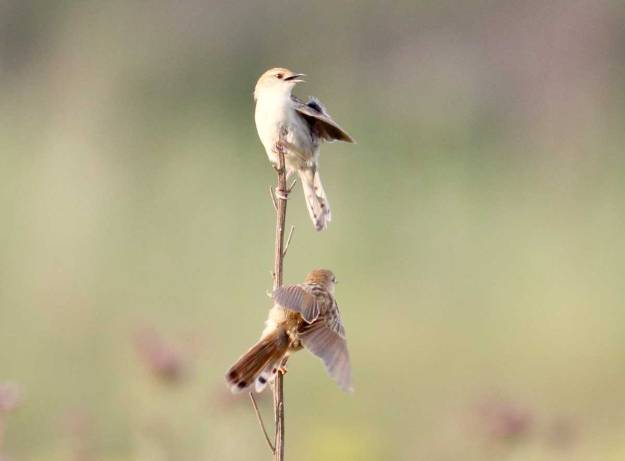
Levaillant’s Cisticola
And in the garden African Paradise Flycatcher parents were industriously feeding their newly fledged chicks
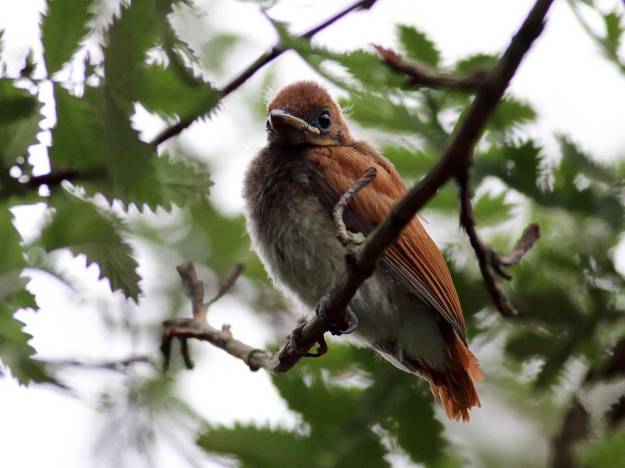
African Paradise Flycatcher
On the kitchen verandah there was a near tragedy when part of the nest of the Greater Striped Swallows collapsed on Christmas Day, leaving the three chicks exposed inside. Fortunately they were about to fledge and within a few days were flying strongly with the parents.
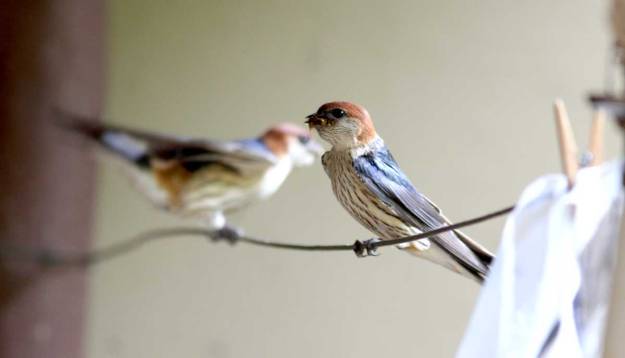
Greater Striped Swallows
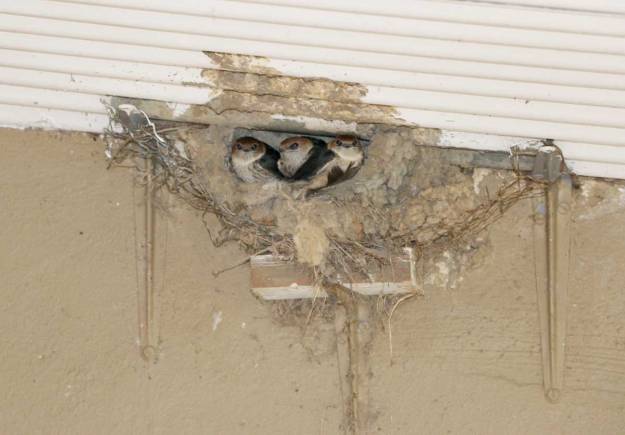
Greater Striped Swallows
The atlas list for the Elandshoek pentad 2935_3000 included: Dark-capped Yellow Warbler,
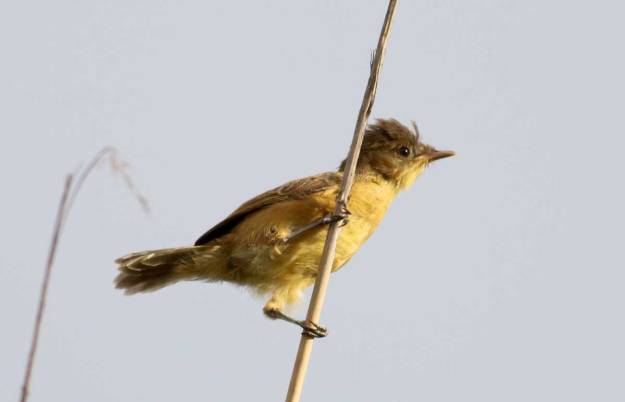
Dark-capped Yellow Warbler
Klaas’s Cuckoo, Black-headed Heron, Amethyst Sunbird, Common Moorhen, Hamerkop, Three-banded Plover, Wailing Cisticola, Blacksmith Lapwing, Speckled Mousebird,

Speckled Mousebirds
African Spoonbill, Black-headed Oriole, Bar-throated Apalis, Sombre Greenbul, Lazy Cisticola, Neddicky, Red-chested Cuckoo, Yellow-fronted Canary

Yellow-fronted Canary
Red-billed Quelea, House Sparrow, Speckled Pigeon, Southern Grey-headed Sparrow, Barn Swallow,
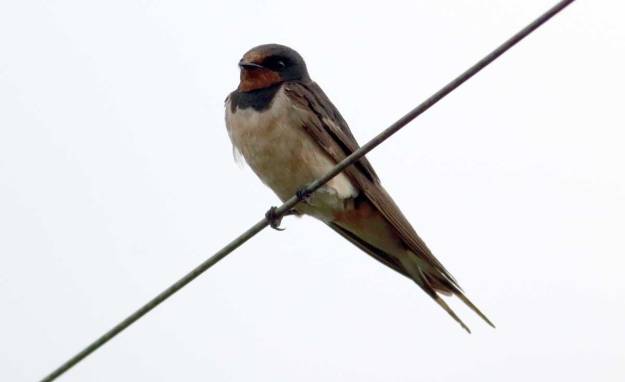
Barn Swallow
Yellow-billed Kite, Little Grebe, White-backed Duck,
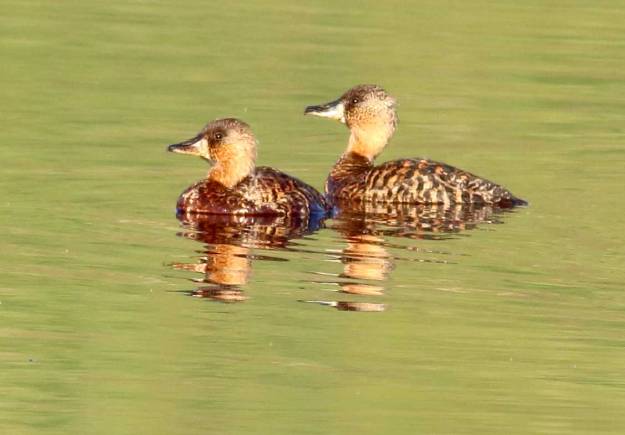
White-backed Duck
Cape Wagtail, Black Crake, Cape Weaver, Reed Cormorant, White-breasted Cormorant, Red-knobbed Coot, African Sacred Ibis, Spur-winged Goose, Cape Crow, African Pipit, Zitting Cisticola,
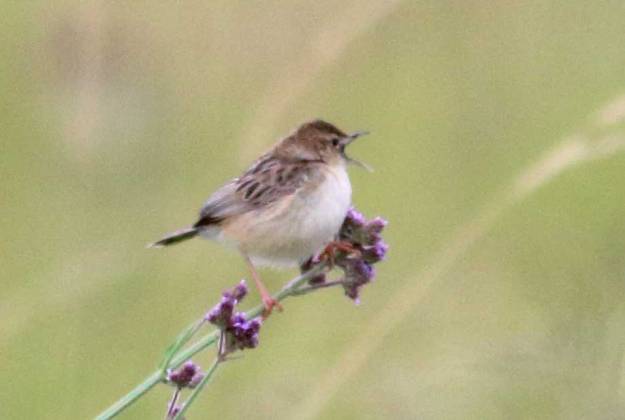
Zitting Cisticola
Fork-tailed Drongo, African Paradise-flycatcher, Cape Sparrow, Burchell’s Coucal, White-throated Swallow, Pied Kingfisher, Cape Glossy Starling,

Cape Glossy Starling
African Hoopoe, African Dusky Flycatcher, Black Saw-wing, Egyptian Goose, Cape Canary (well camouflaged in the summer grass)
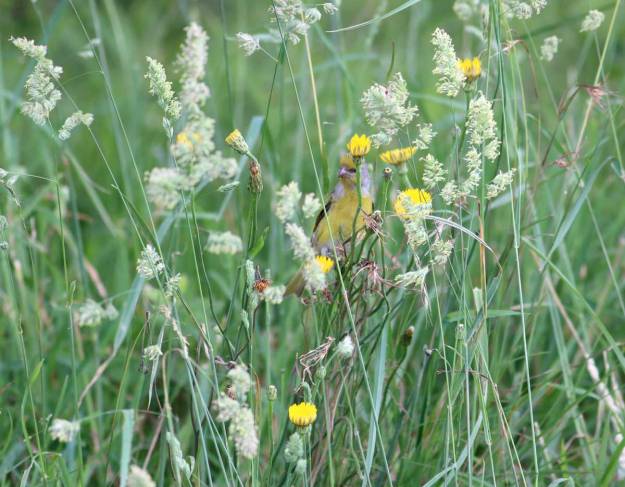
Cape Canary
Red-chested Flufftail, Grey Crowned Crane,
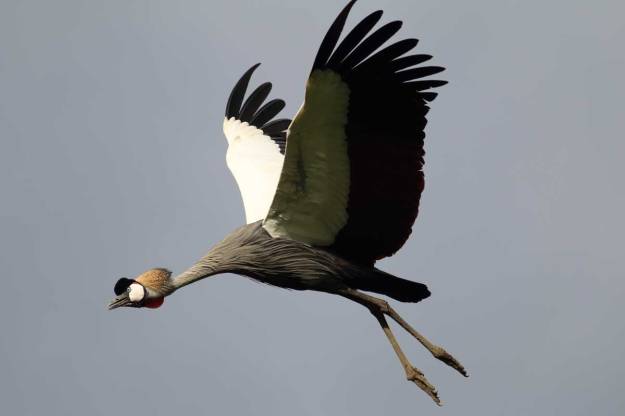
Grey Crowned Crane
Cape Longclaw, Common Waxbill, Dark-capped Bulbul, Cattle Egret, Cape Grassbird, Yellow-billed Duck, Bokmakierie, Village Weaver,

Village Weaver
Southern Fiscal, Brown-throated Martin, Red-necked Spurfowl, Common Quail, Southern Red Bishop,
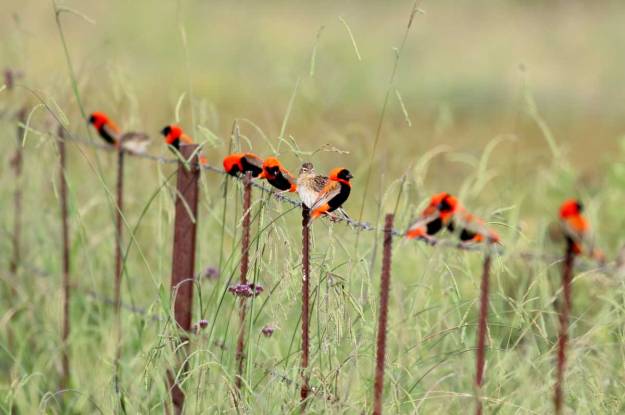
Southern Red Bishop
Drakensberg Prinia,
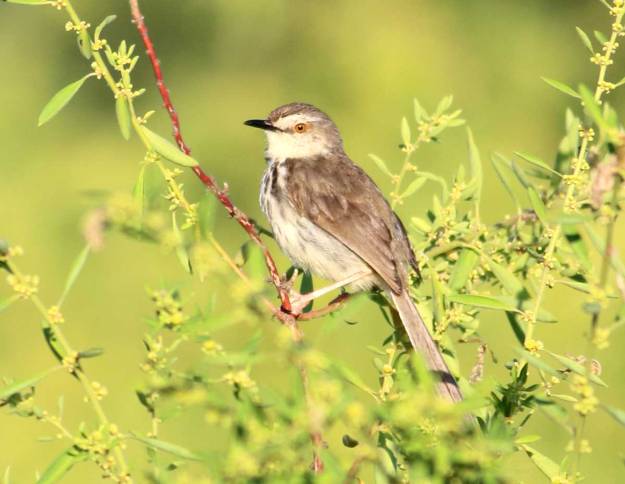
Drakensberg Prinia
Red-collared Widowbird, Fan-tailed Widowbird,
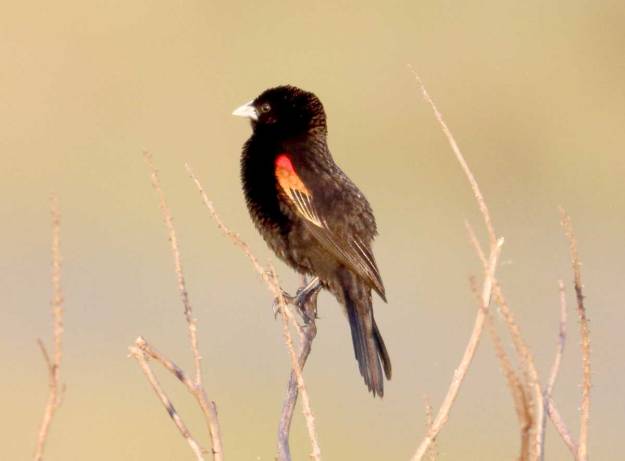
Fan-tailed Widowbird
Levaillant’s Cisticola, Little Rush-warbler, African Reed-warbler, African Stonechat, Long-crested Eagle, Hadeda Ibis, Cardinal Woodpecker
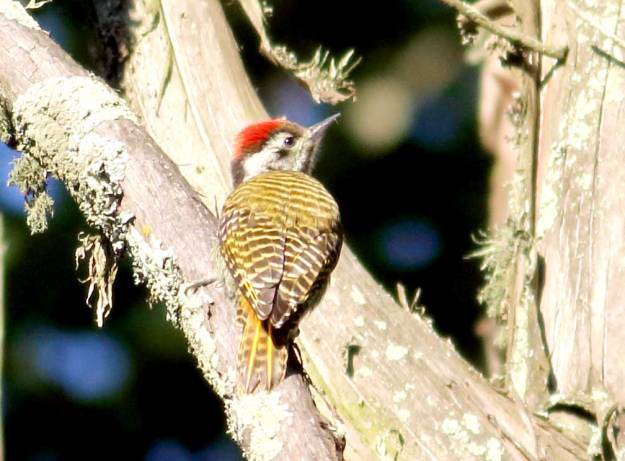
Cardinal Woodpecker
Cape Robin-chat, Olive Thrush, Pin-tailed Whydah
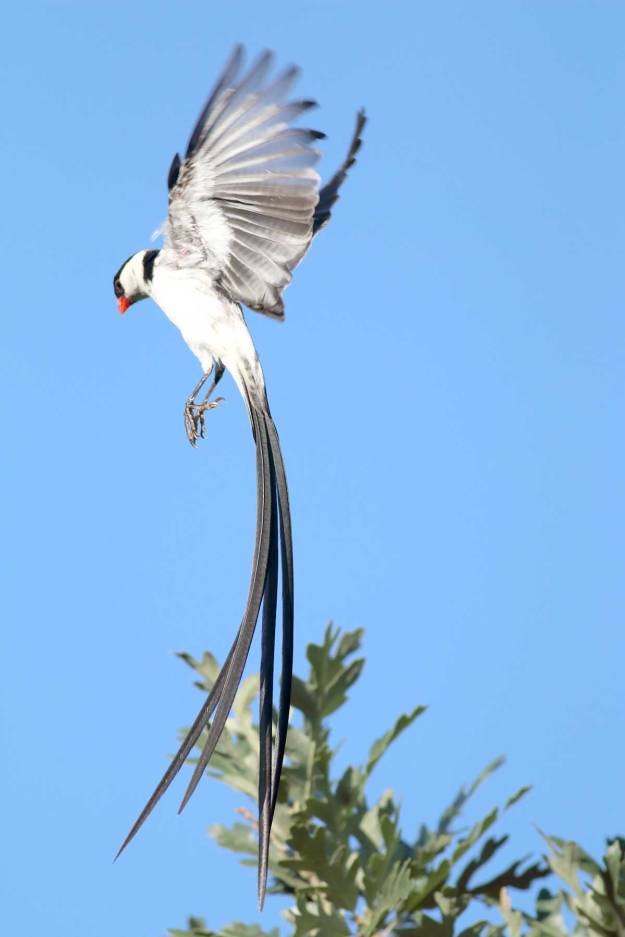
Pin-tailed Whydah
Red-eyed Dove,
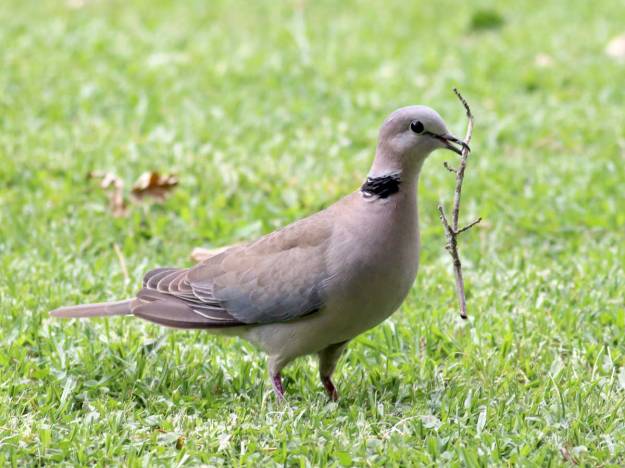
Red-eyed Dove
Cape Turtle-dove, Southern Boubou, Greater Striped Swallow, Cape White-eye, Diderick Cuckoo
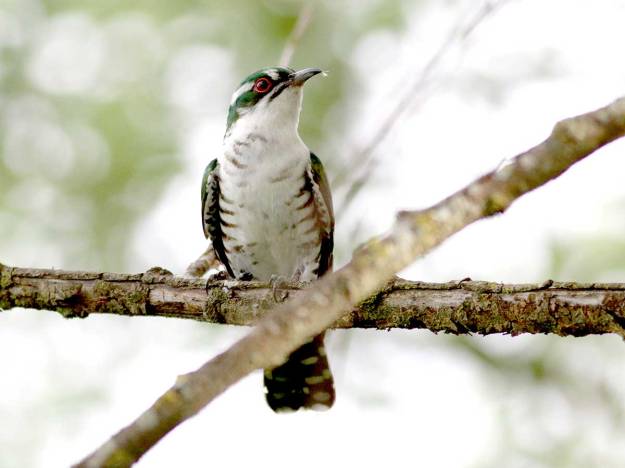
Diderick Cuckoo
December 2016 Sitamani Sightings – Christeen Grant
Sultry hot days with thunderstorms have produced a vivid green landscape, however there has not been enough rain to raise the water table significantly; although there is water in the well it is a fraction of what is usually there in December.
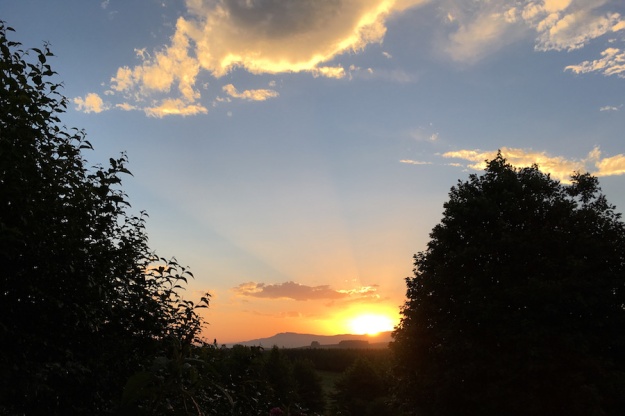
Summer solstice
Clouds obscured the full moon rise; however early the next morning it was visible through scudding clouds.
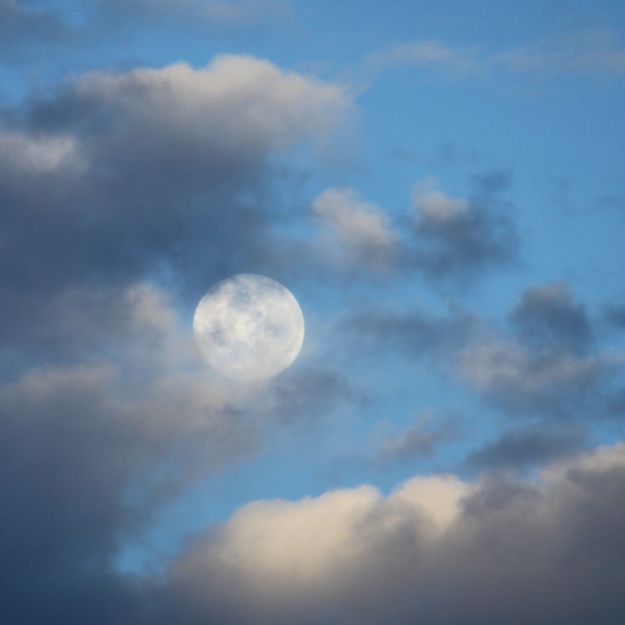
Summer solstice was a glorious day, ending in a beautiful sunset. Already many grasses are seeded, the red tinge of Themeda triandra softening the green.
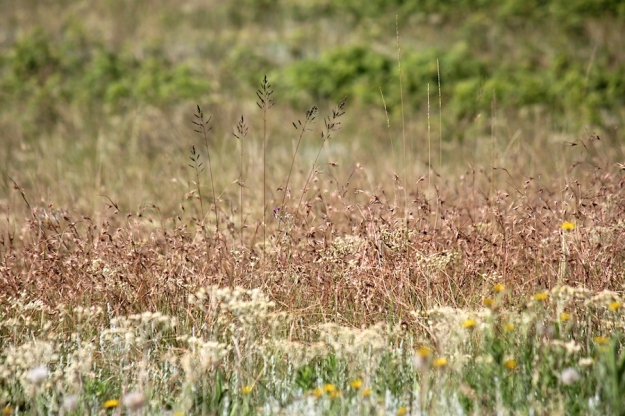
Themeda triandra
There are still many wildflowers in bloom, some that I saw were: Agapanthus campanulatus; Aristea woodii; Berkheya setifera; Clutia monticola fruit;
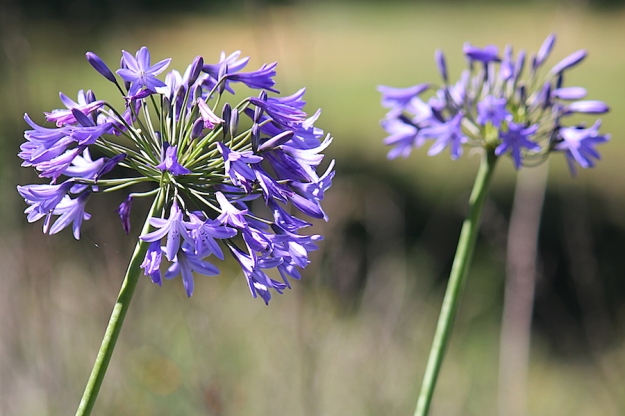
Agapanthus campanulatus
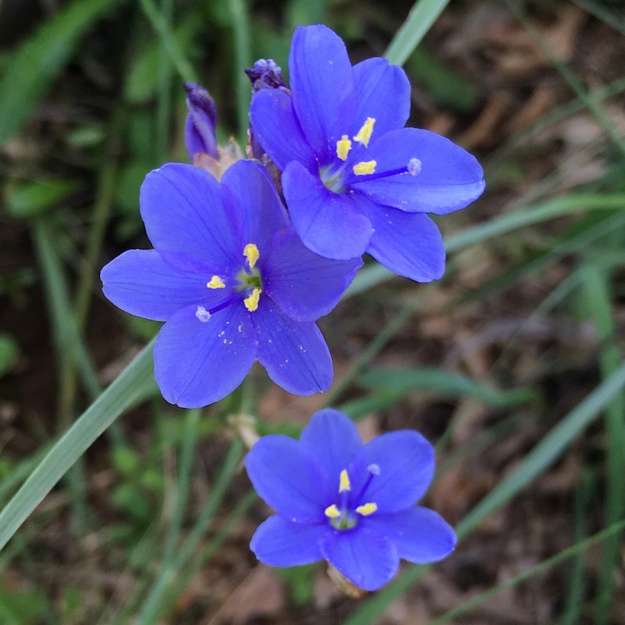
Aristea woodii
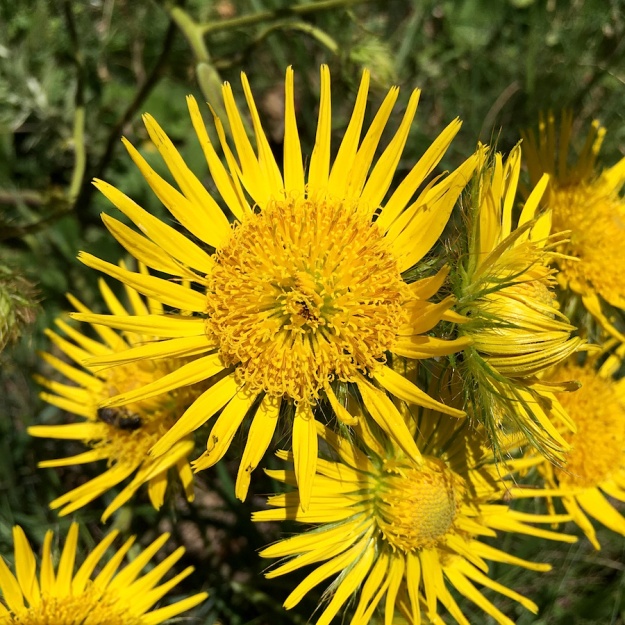
Berkheya setifera
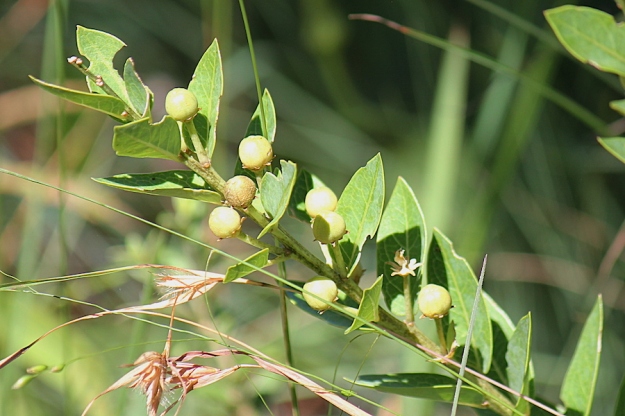
Clutia monticola
Craterocapsa tarsodes, which I usually associate with the mountains grows here too on rocky clay patches;
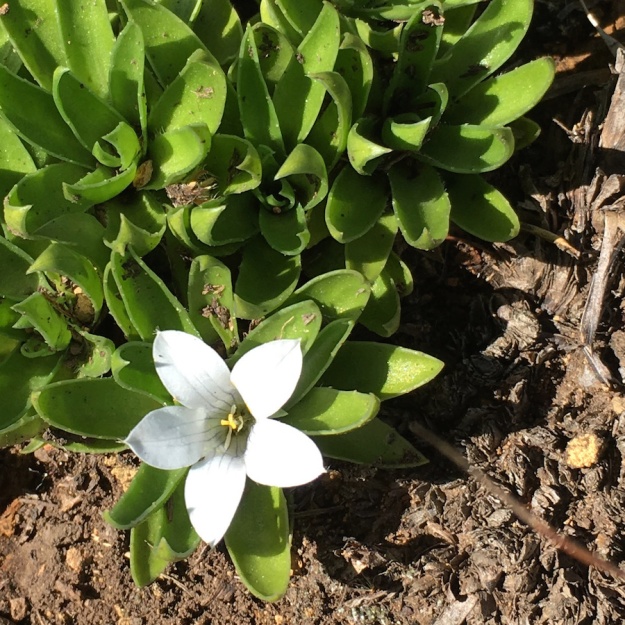
Craterocapsa tarsodes
Dipcadi viride; Epilobium capense seeds; Gladiolus ecklonii; Haemanthus humilis; Lobelia erinus;
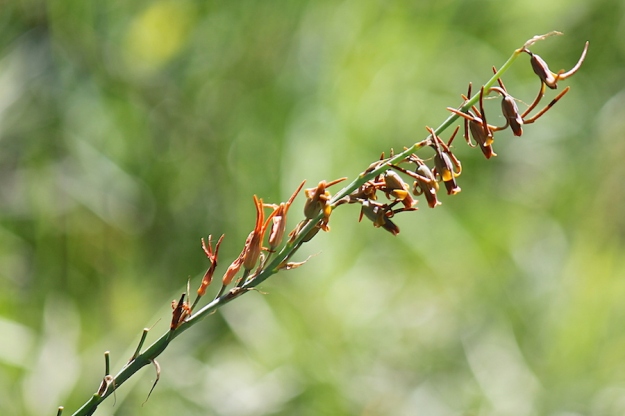
Dipcadi viride
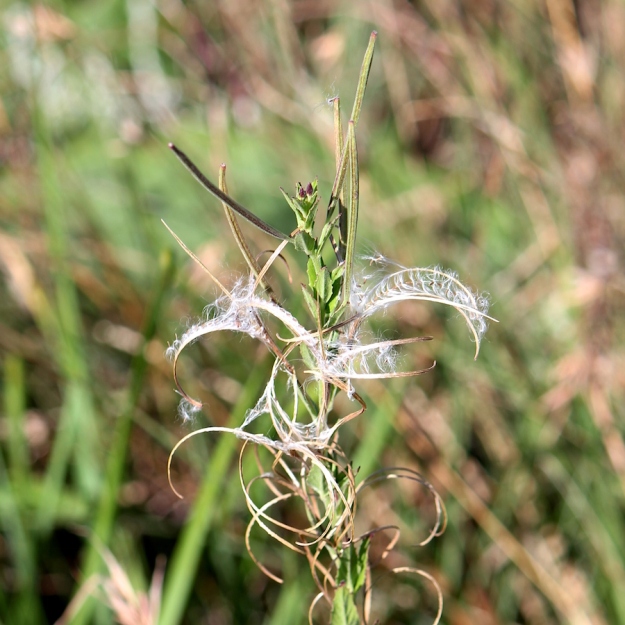
Epilobium capense
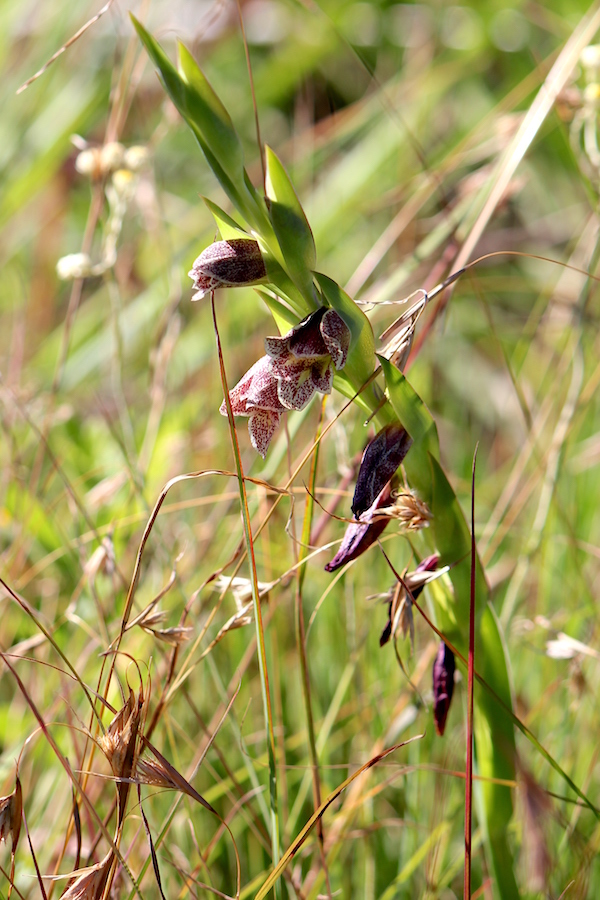
Gladiolus ecklonii
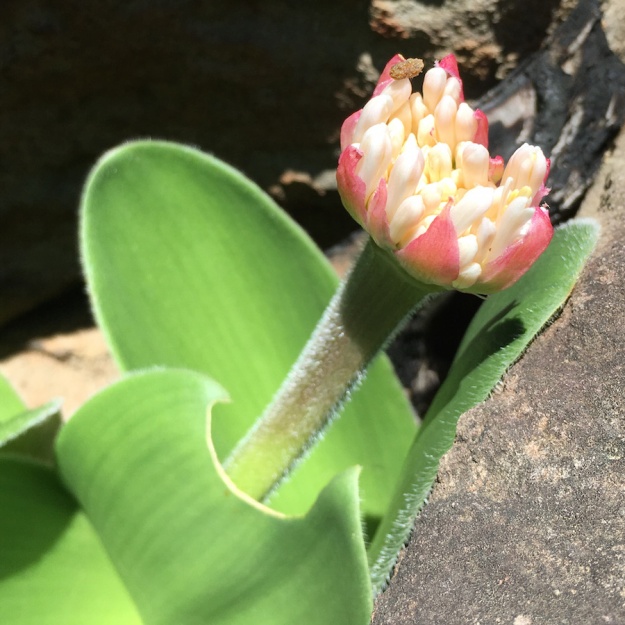
Haemanthus humilis
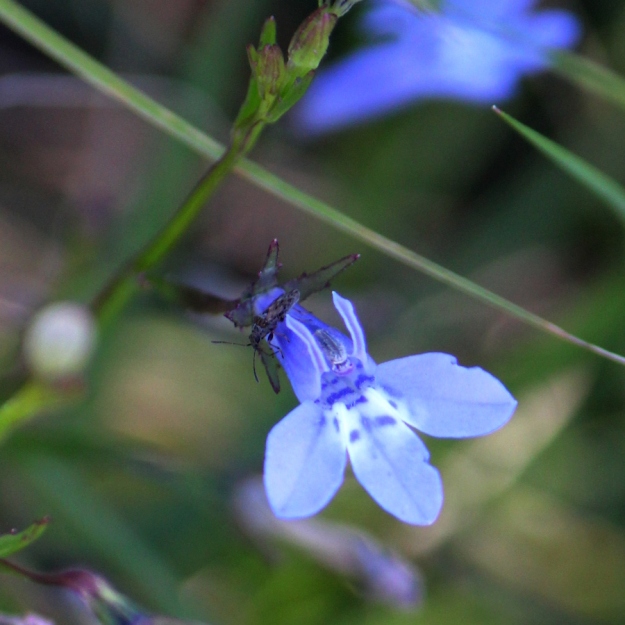
Lobelia erinus
four orchids, Eulophia hians var. nutans; Eulophia ovalis var. bainesii; Eulophia zeyheriana and Satyrium longicauda;

Eulophia hians ver. nutans
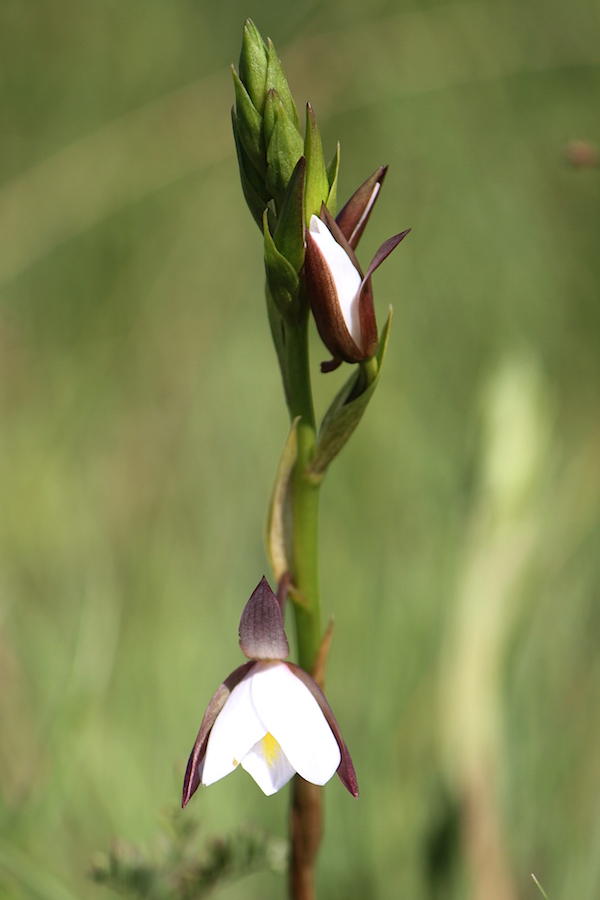
Eulophia ovalis var. bainesii
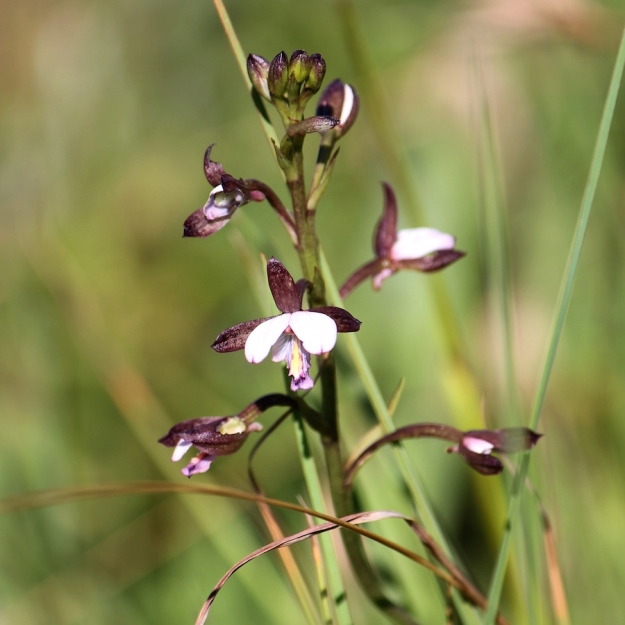
Eulophia zeyheriana
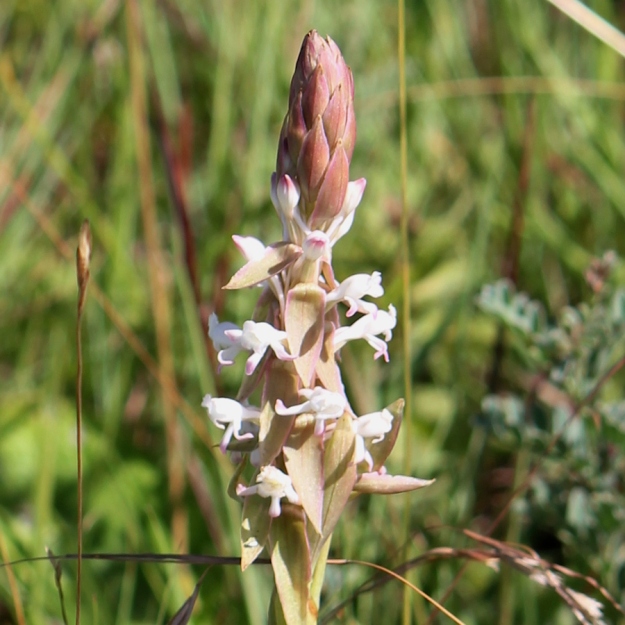
Satyrium longicauda
Papaver aculeatum; Pelargonium luridum; Rubus ludwigii; Senecio subrubriflorus; Strigia bilabiata and Zantedeschia albomaculata.
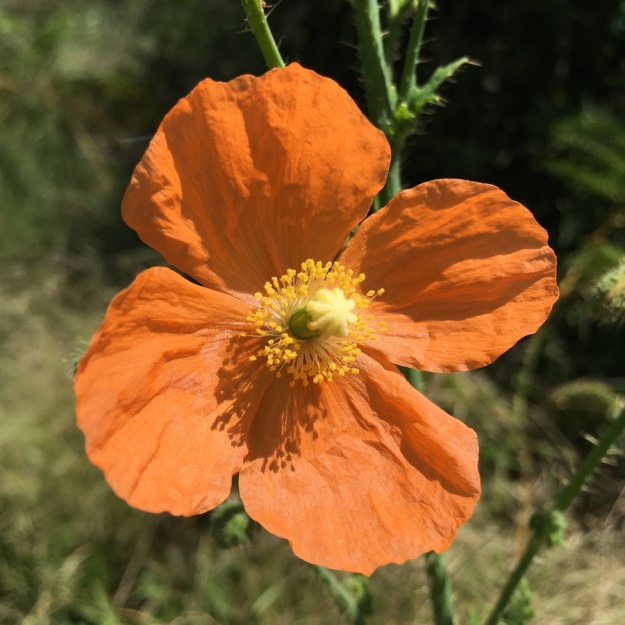
Papaver aculeatum
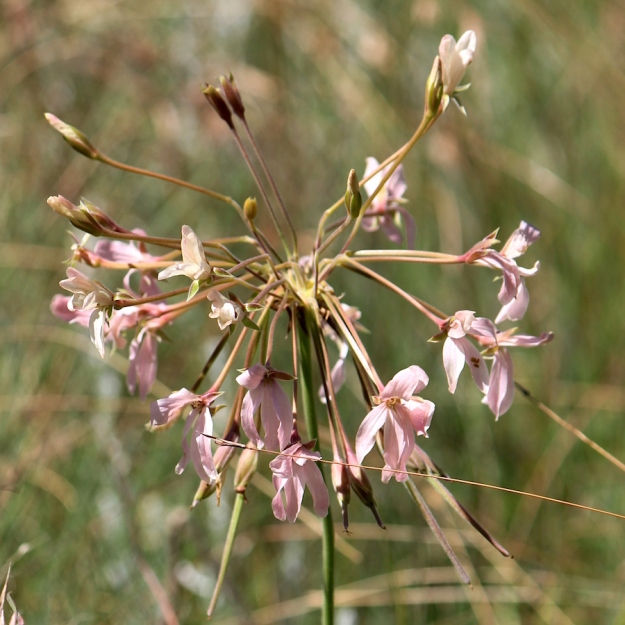
Pelargonium luridum

Rubus ludwigii
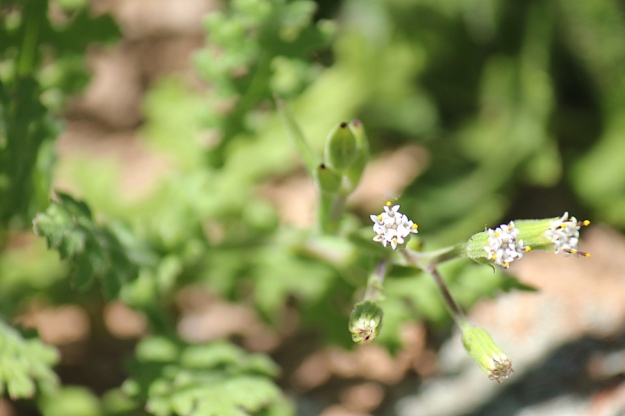
Senecia subrubriflorus
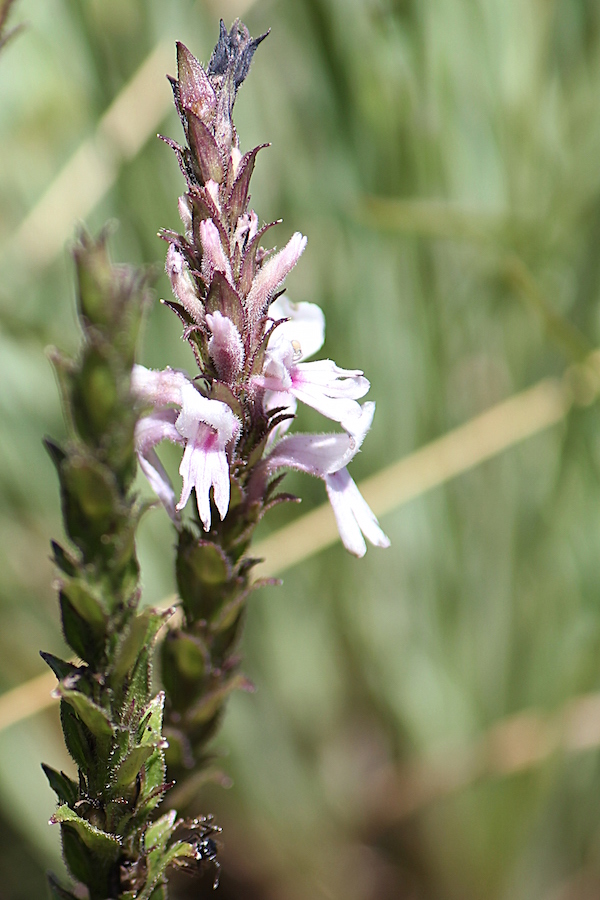
Strigia bilabiata

Zantedeschia albomaculata
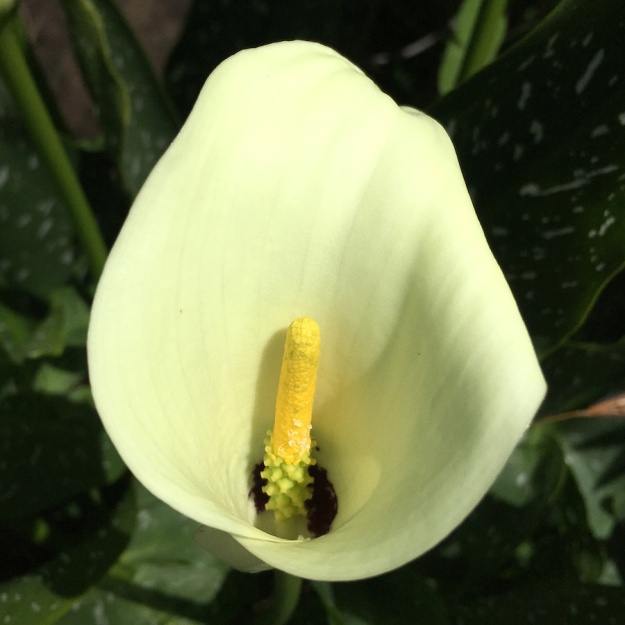
Zantedeschia albomaculata
An unusual fungi was growing in stone gravel.
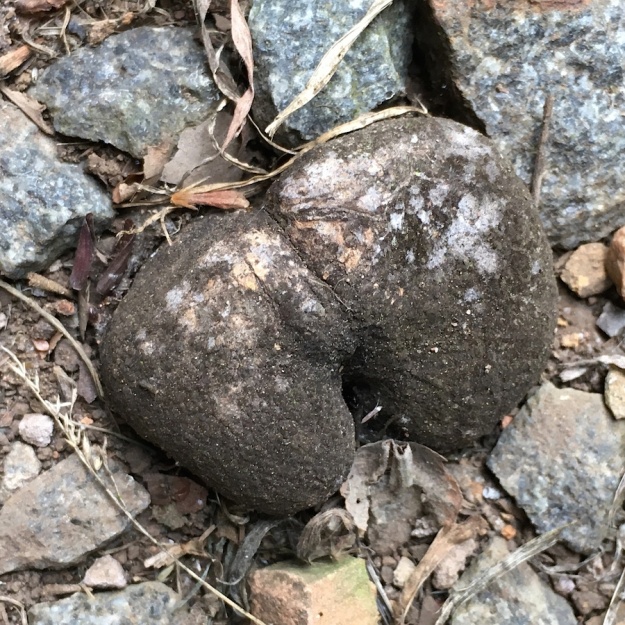
In the lush foliage I found some delightful insects: two Bee Fly species, a Foam Grasshopper and a lucky sighting of a Giant Forest Cicada!
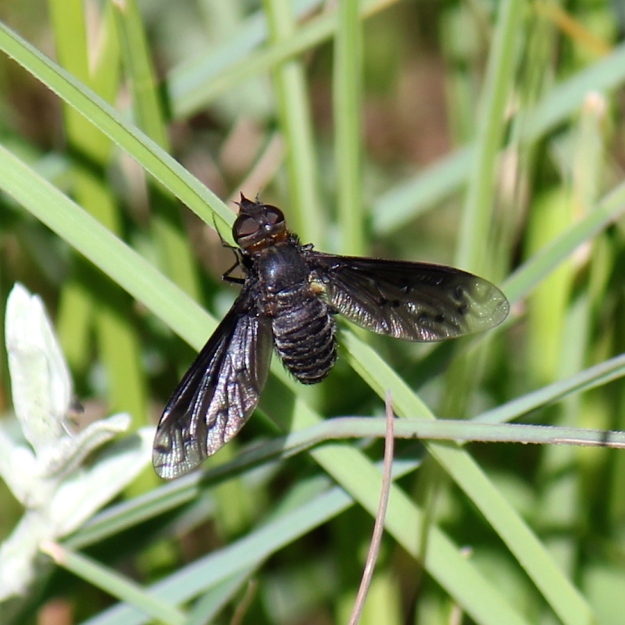
Bee Fly
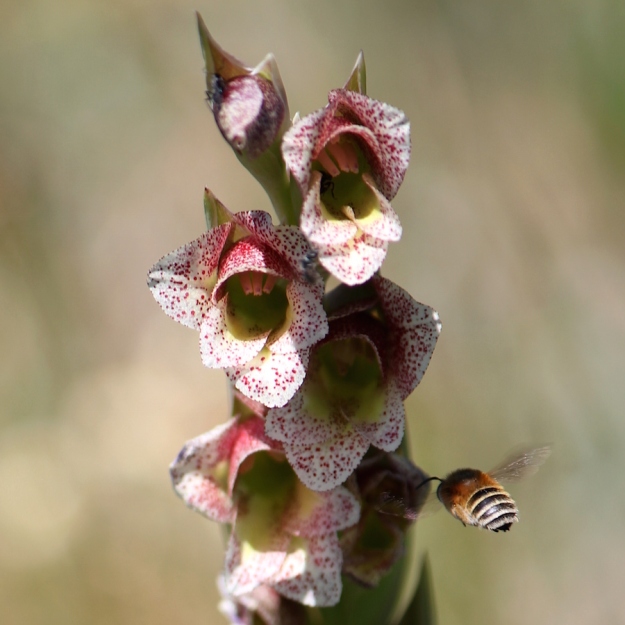
Bee Fly
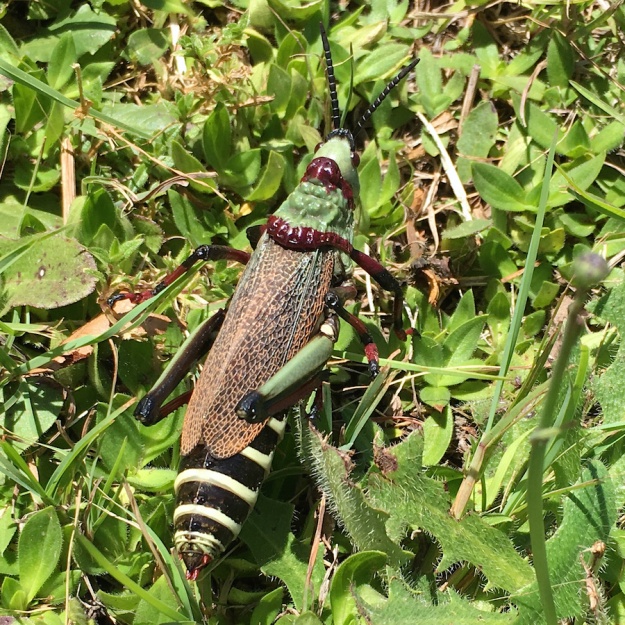
Foam Grasshopper
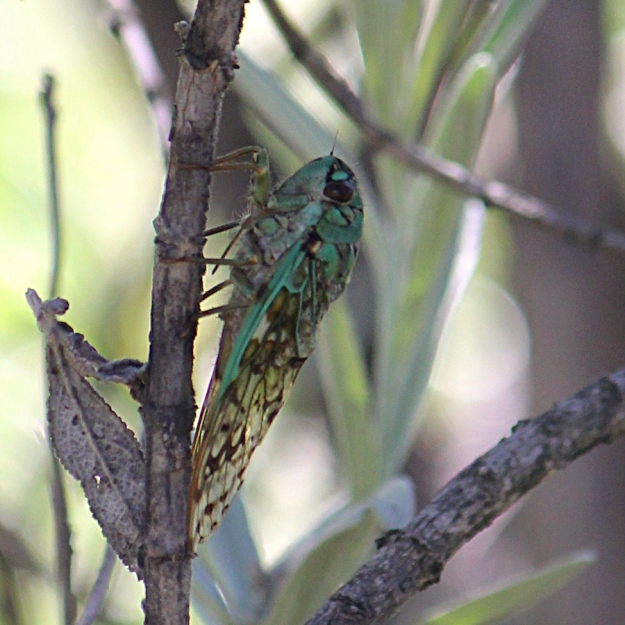
Giant Forest Cicada
Most mornings the birds find the night flying moths before I do, but I did see a few, including the wings of a Wounded Emperor, Neobunaeopsis arabella; then a rather spectacular first for me, a day flying moth, a Superb False Tiger, Heraclia sp. which at first I thought must be a butterfly!
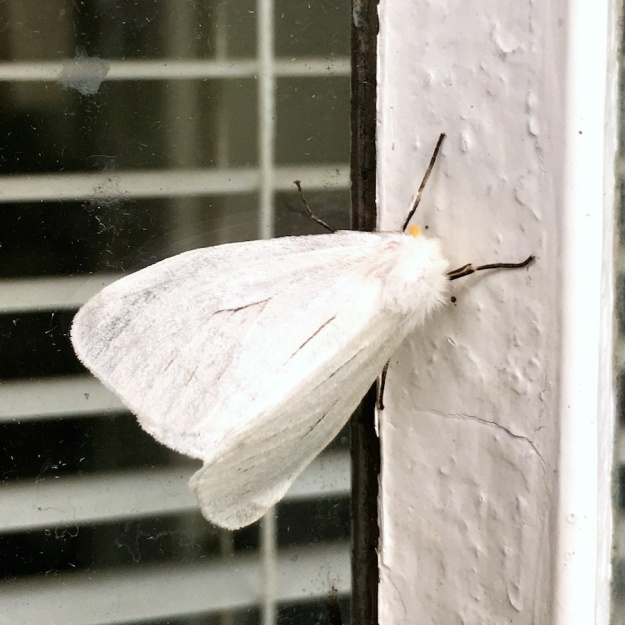
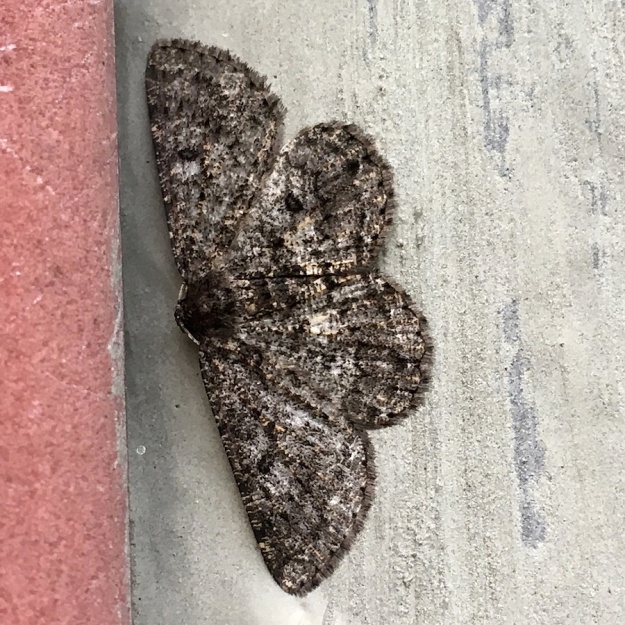

Superb False Tiger, Heraclia sp.
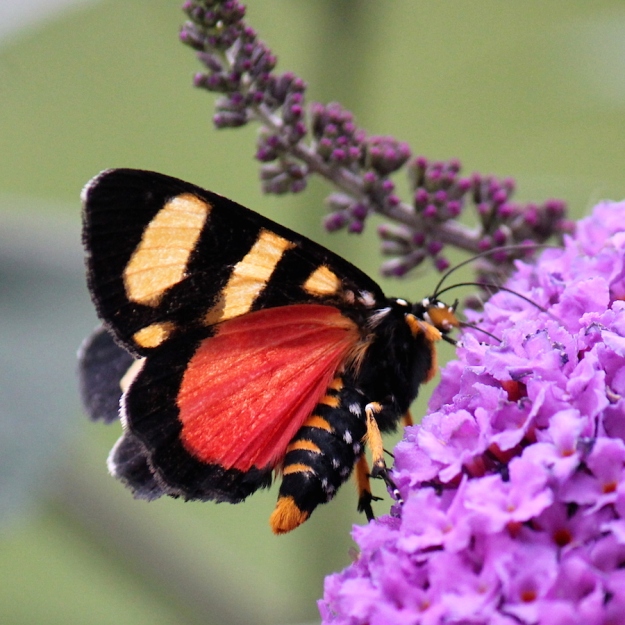
Superb False Tiger, Heraclia sp.

Wings of an Emperor moth, Neobunaeopsis arabella
After a misty night I saw a water-beaded spider web.
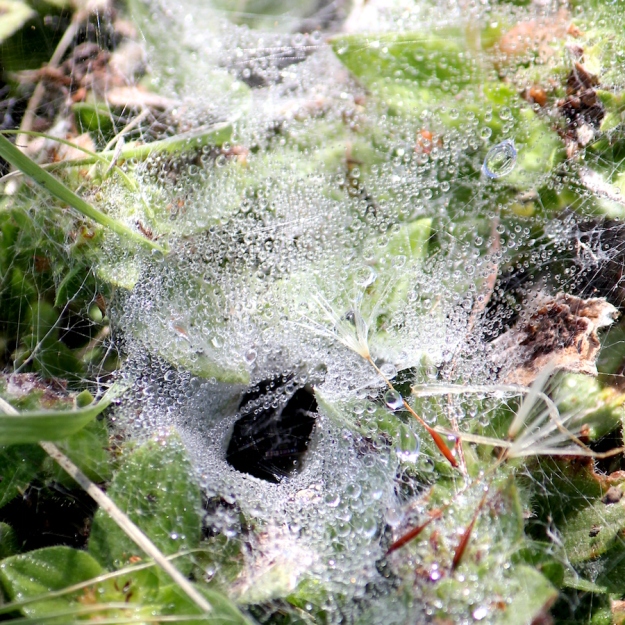
Long-crested Eagles catch thermals between waiting and watching patiently from perches.
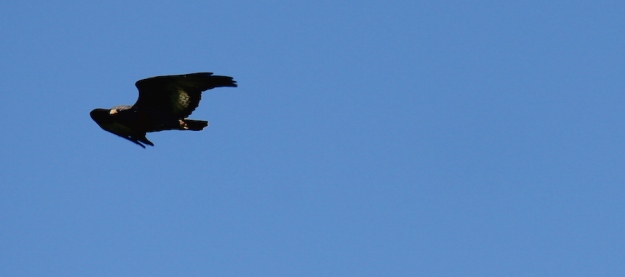
Two discarded eggshells, one from a Spectacled Weaver and the second from a Village Weaver prove that some of the nests were acceptable.
The Striped Swallows have selected a new site to build a nest, I hope this one works out. A pair of Cape Wagtails have recently taken up residence in the garden. Occasionally I hear Spotted Eagle-Owls calling at dusk and dawn.
One morning I discovered a newly excavated Antbear hole, as it was in the middle of the driveway we had to fill it in.
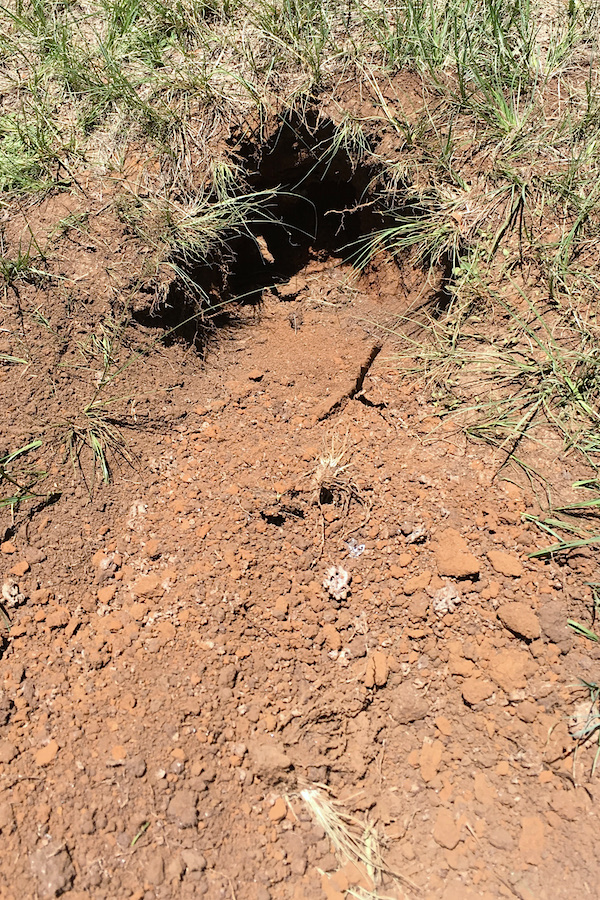
Sadly I will have to live-trap and relocate the Lesser Savanna Dormice that have taken up residence in the house; a hole in a carpet, wooly slippers and clothing where they have selected bedding material, and they devour any food left out… Drawers are their favoured places to make nests. I love their chirrups as they move through the house and occasional sightings as they scurry across the floor and furniture.
